France Just Dropped the Waviest Uniforms of the 2024 Olympics
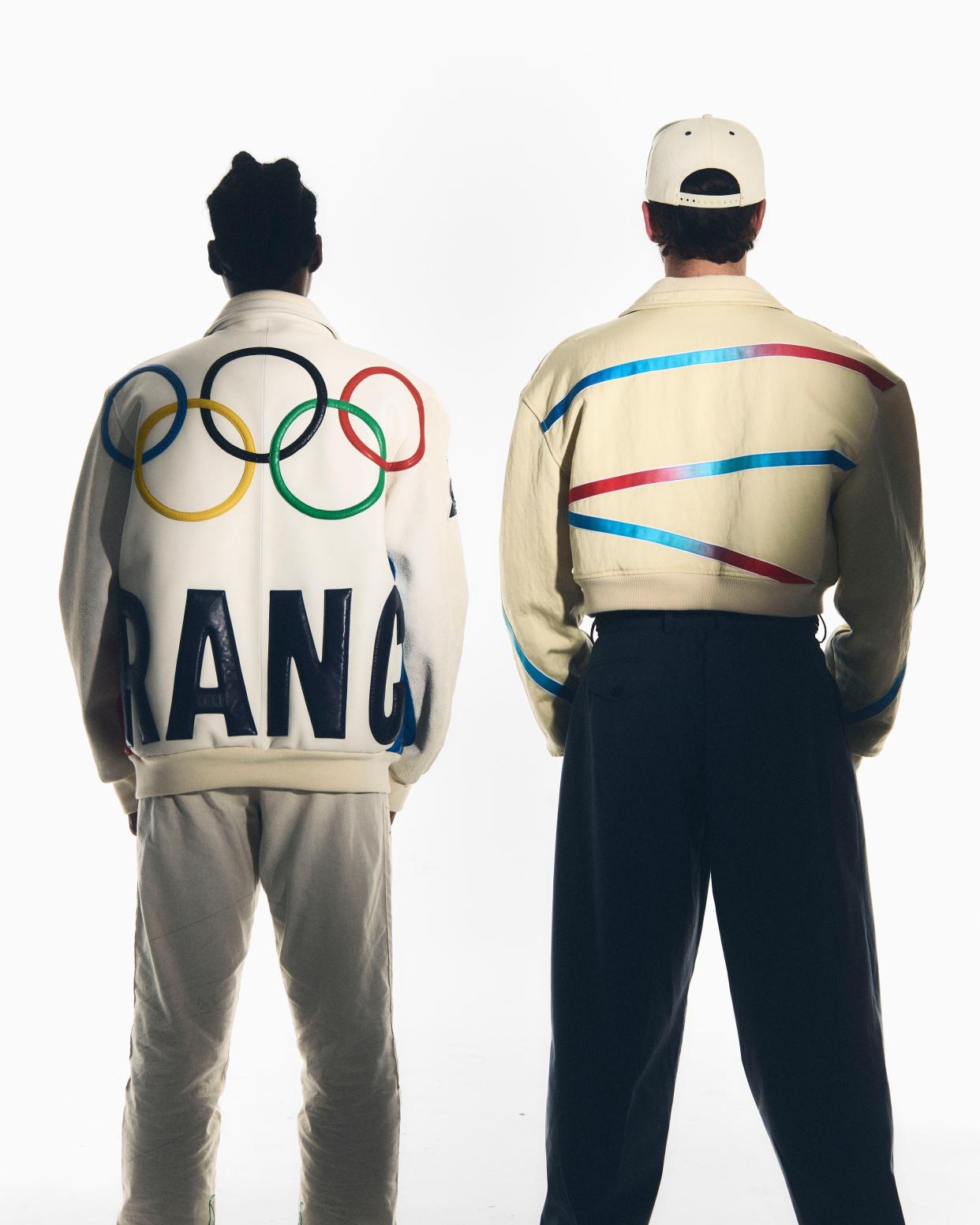
All photos courtesy of Le Coq Sportif
Dressing the French Olympic team is a colossal undertaking—800 athletes requiring 120 items each, including those participating in both the Olympic and Paralympic games, plus the support staff of trainers and other minders—all of which translates into thousands of items across a slew of apparel and accessory categories. On top of that, a vast majority of the products are to be made domestically. The man entrusted with this formidable task is Stephane Ashpool, best known as the designer behind the popular streetwear brand Pigalle. And with four months to go, Ashpool is still wrapping his mind around the project.
“I’m more in the phase where nothing is done, quite yet,” he said recently, on a Zoom from his atelier. While the designs are all finalized—some of which GQ is exclusively revealing here—there’s still a flurry of activity to get all the uniforms ready for the official start date of the games, in late July. “I’m still in the middle of the game,” he adds, borrowing an athletic turn of phrase. “I know the people are going to wear it, and I think, halfway through the games, I’ll be able to breathe.”
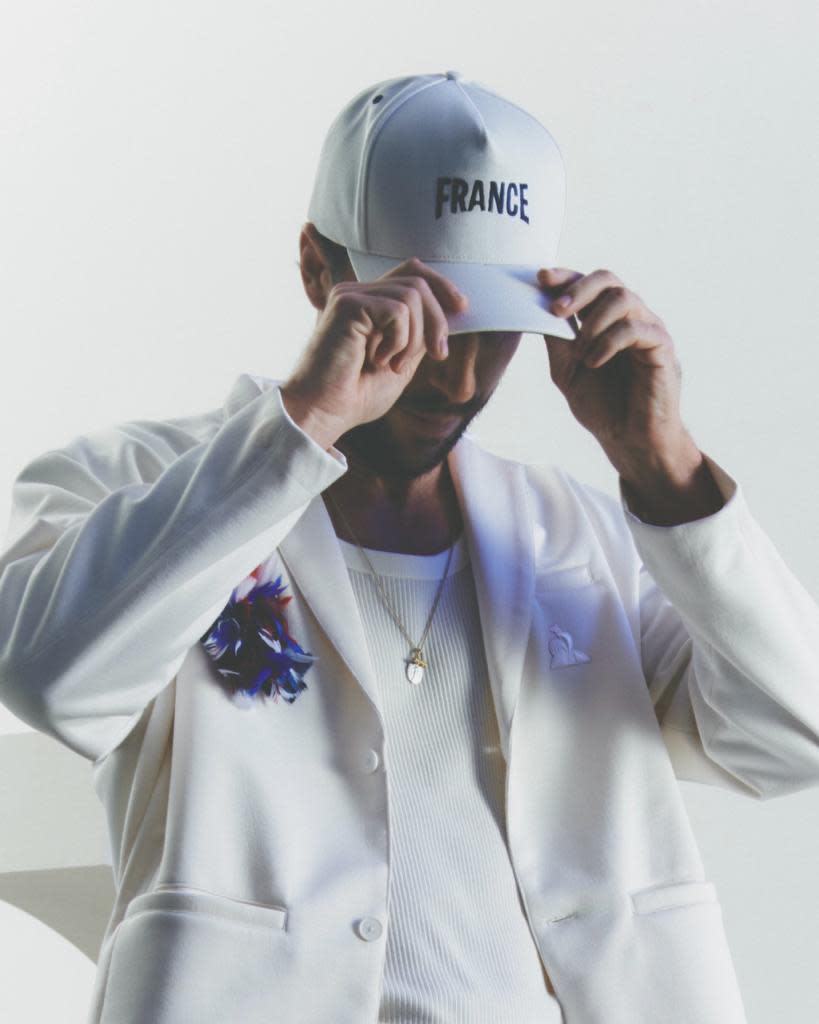
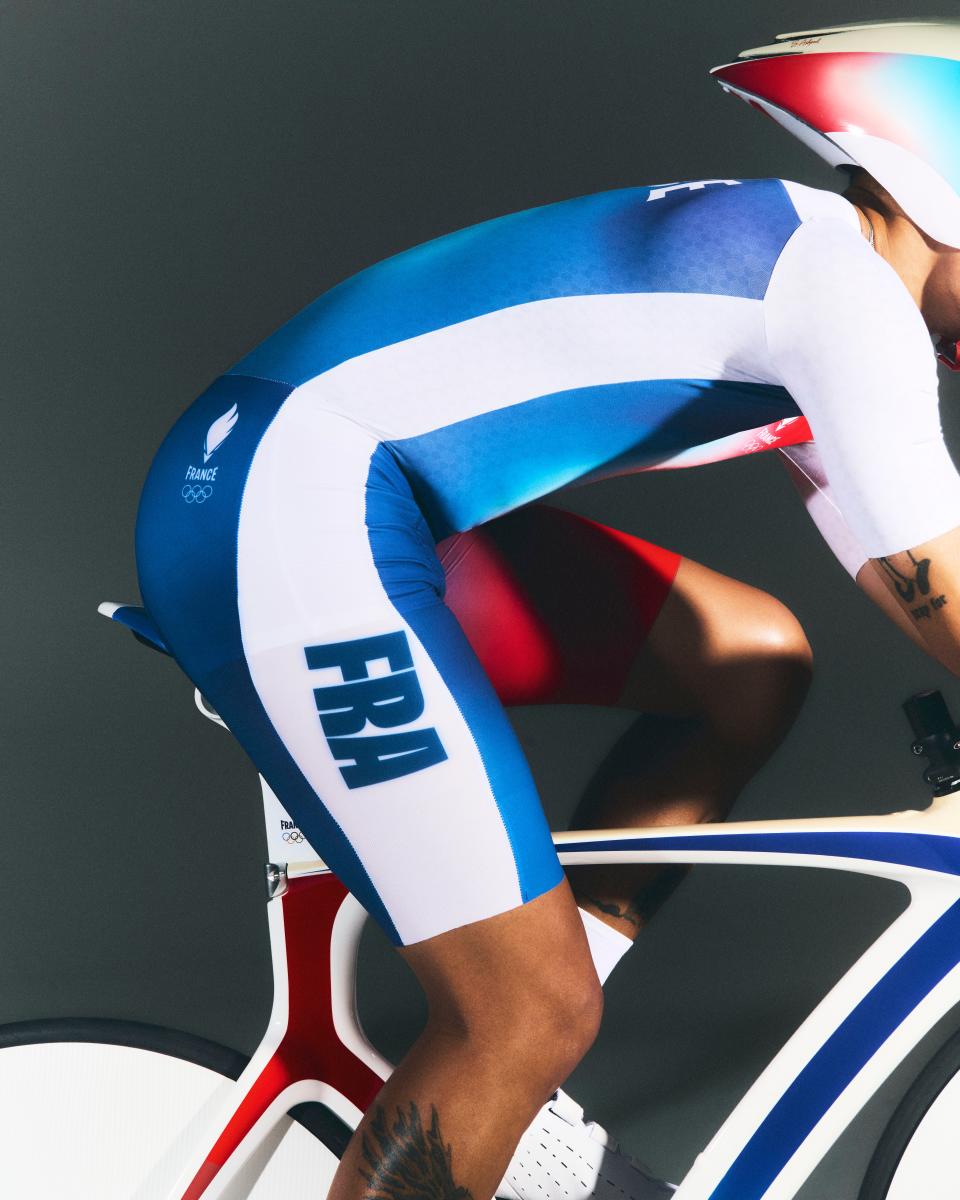
Ashpool may not be a household name, but he was an obvious choice for the gig. As a child, his mother was a dancer, and he recalls all her and her friends around the house while he grew up. Later, he developed a deep love of American basketball—his first Olympic memory is of America’s “Dream Team” from the 1992 Barcelona Games. His own brand is deeply rooted in sport: jerseys, basketball shorts, varsity jackets, and tracksuits are some of Pigalle’s signature items, though usually made with luxe fabrics in bright colors and filled with unexpected details. Perhaps his biggest calling card is the basketball court he painted in Mondrian color-block style back in 2015 (it has recently received a gradient treatment in cooler tones, but retains its oomph). Today he has working relations with both sportswear behemoth Nike and French luxury house Chanel.
Ashpool’s journey to the Paris Games started back in January 2021, when he first received a call from the French sportswear company Le Coq Sportif, who made France's 2022 Winter Olympics uniforms. After an initial meeting, things progressed quickly, sealed by a call to his lawyer—time was of the essence. Not long afterwards, he headed to Le Coq Sportif headquarters in Romilly-sur-Seine, about an hour outside the capital city. “It’s there I saw people doing artisanship but linked with sport,” he says, referencing factories where the 2022 Beijing uniforms and this year’s uniforms were made. “It was genuine and real. And so I started to relax.”
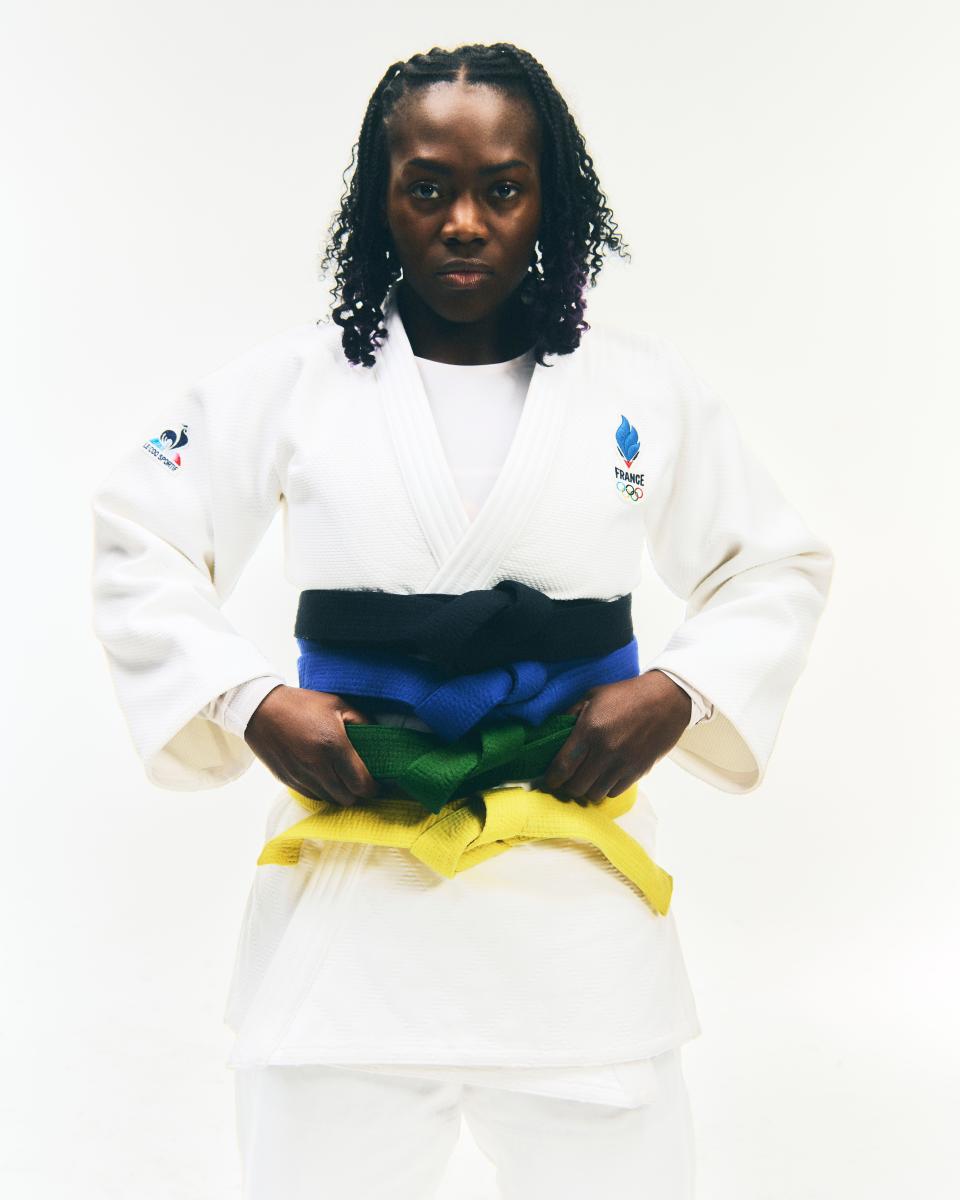
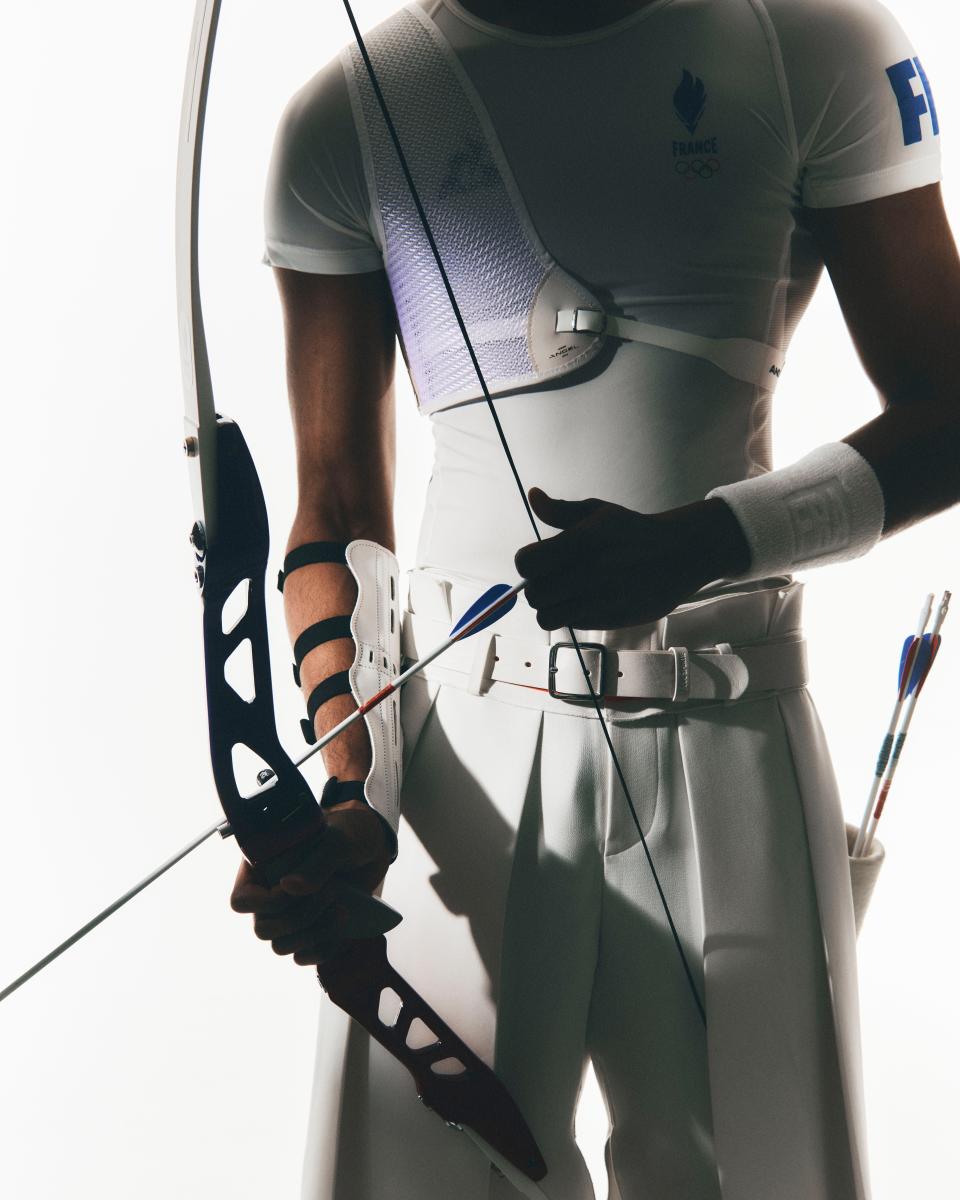
It was there, too, that he met with a roster of around 30 athletes. He spent the day with them, listening to what they wanted from the uniforms. “They want to look luminous,” he said, “they want to look modern, they want to look pop, but they want to look French and have an element of heritage.
“And the one thing they all said was this,” he added. “That the road to the Olympics is like this,” he said, making an undulating gesture with his hand. He explained it this way: what we see on TV at the Games is just a few seconds, but it’s the culmination of years of ups and downs for the athletes. He wanted to subtly convey that winding journey, the one of joy and heartbreak, that spectators miss while watching the final push. “So some of the gear has these curvy yarns,” he said, pointing out the rippling stripe running down track pants or across the back of a jacket.
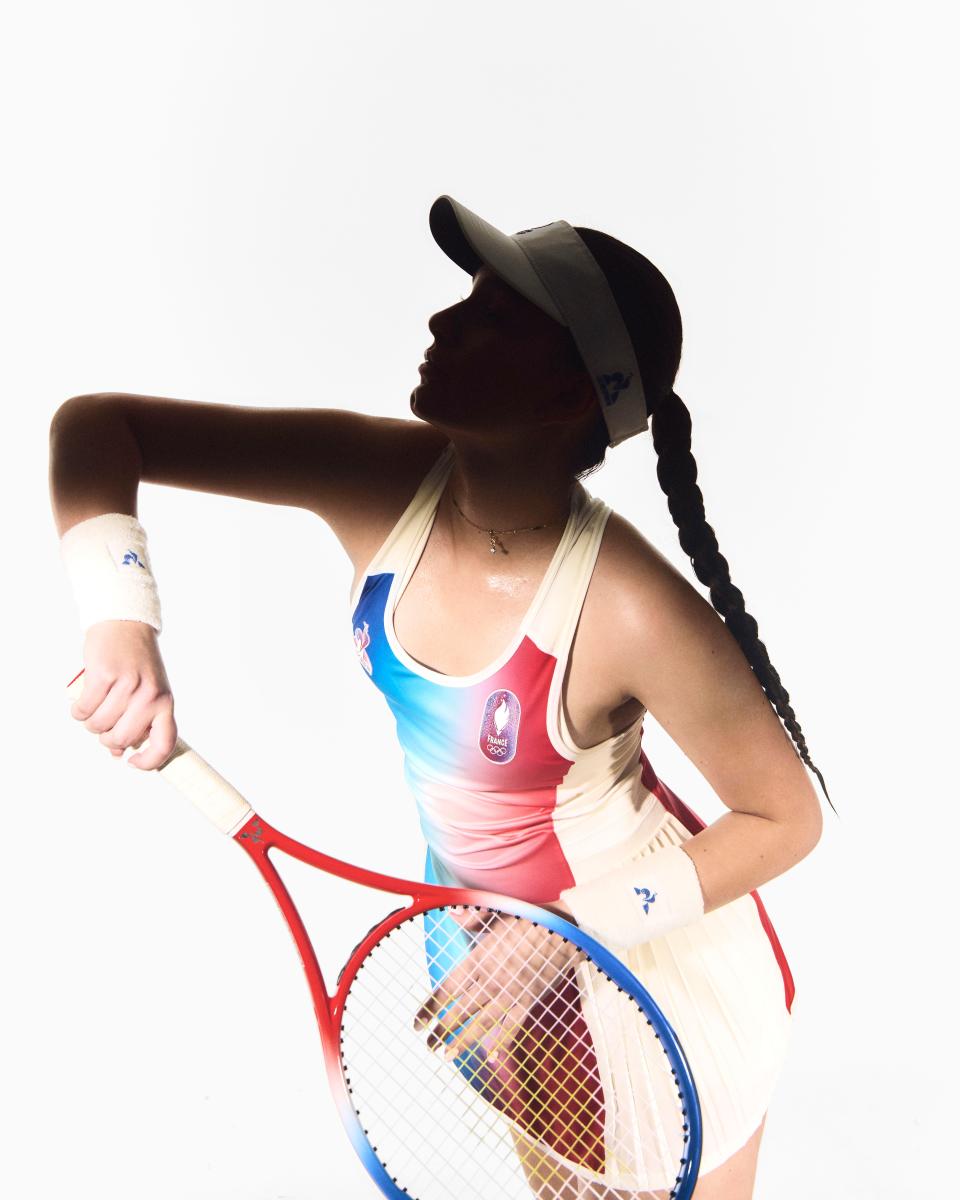
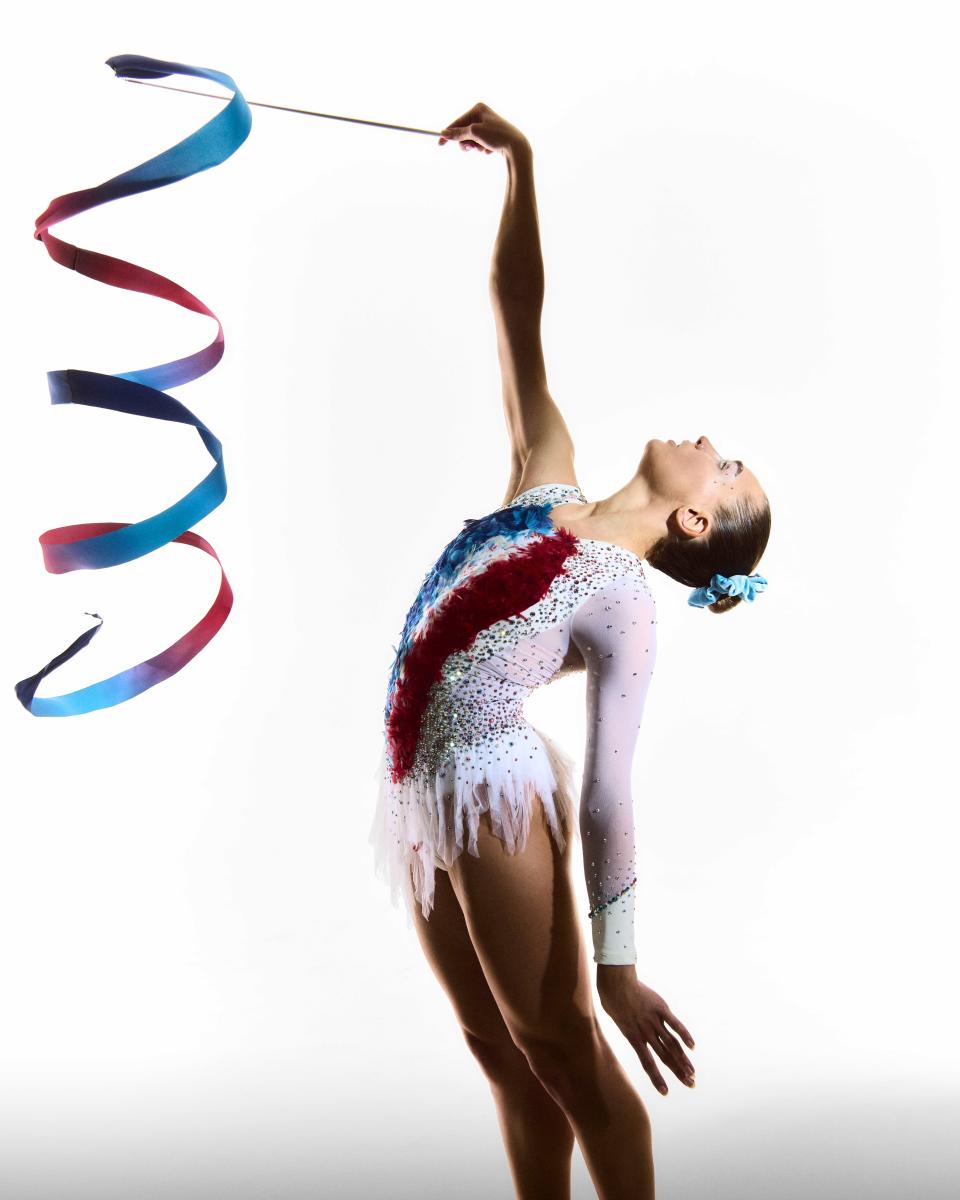
Past iterations included monochromatic ensembles or ones decorated with abstracted colors, designed by Lacoste or Nike (2022 was the first time Le Coq Sportif dressed the team in 50 years). At first, Ashpool toyed around with variations on the French flag’s tricolor motif, allowing himself an incubation period of experimentation. He tested the colors in various materials—feathers, embroidery, dye, silk printing. “I really freed myself,” he said. These trials ultimately led to the iteration that runs throughout the collection: a gradient blue-white-red color field that has been applied to everything from biking jerseys, gymnastic unitards, and swimming briefs. “The athletes were bored of the clean white, it was too obviously sporty,” he said, so in lieu of the crisp white of yore, he opted for a warmer tone of white. But best of all, Le Coq Sportif has been dedicated to producing domestically as part of a broader turn around plan for the company. As such a vast majority of the collection was made in France, something he’s particularly proud of.
Ashpool broke down the apparel into three distinct classifications: There’s “representation,” which is, in essence, what the athletes will wear in their downtime around the Olympic village; there's “training,” which is what they wear while preparing for competition; and then there's “performance,” which is what they wear on the field or court (or ocean, etc.) during the official games. Oh, and a little bonus—each competitor receives a podium outfit, in hopes that they will place for a medal.
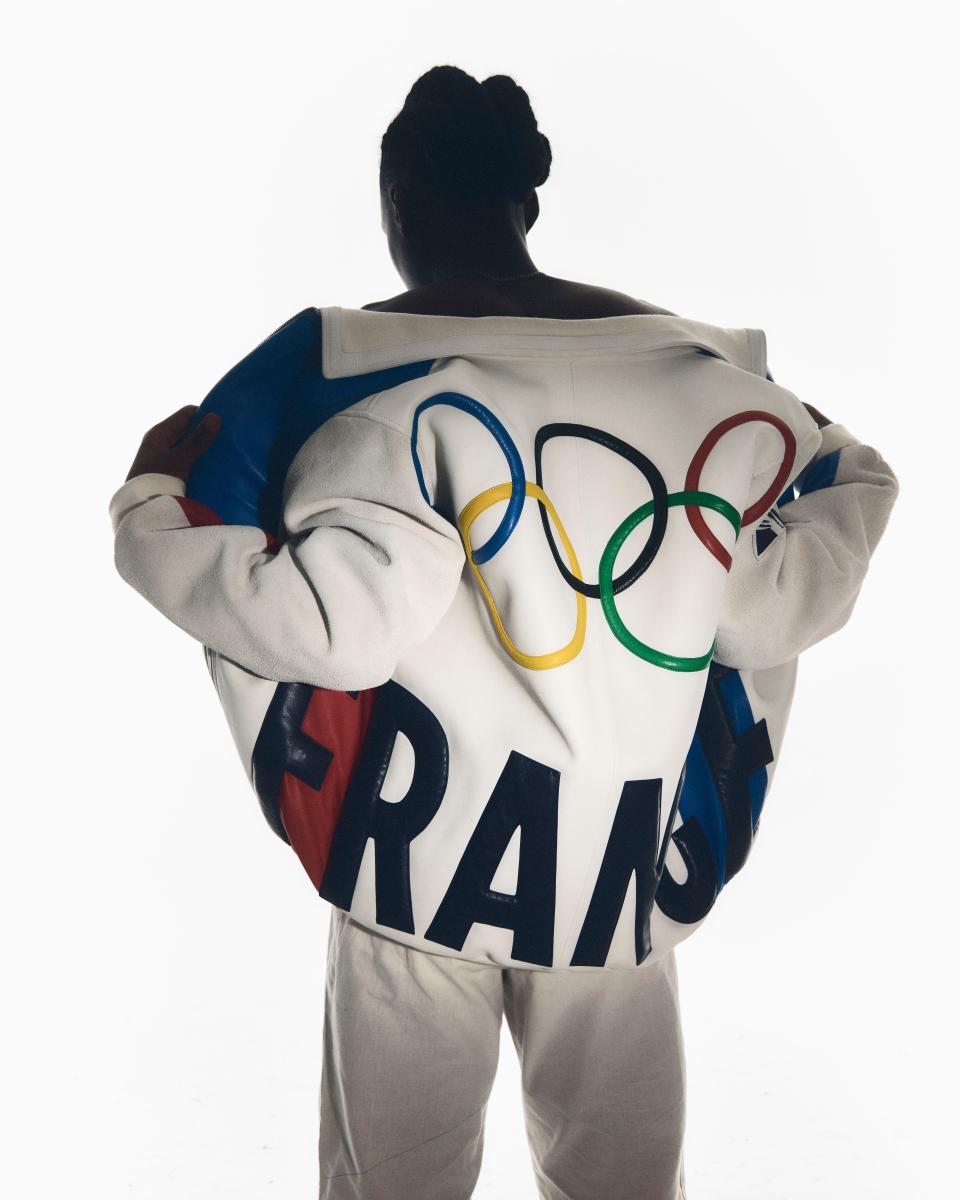
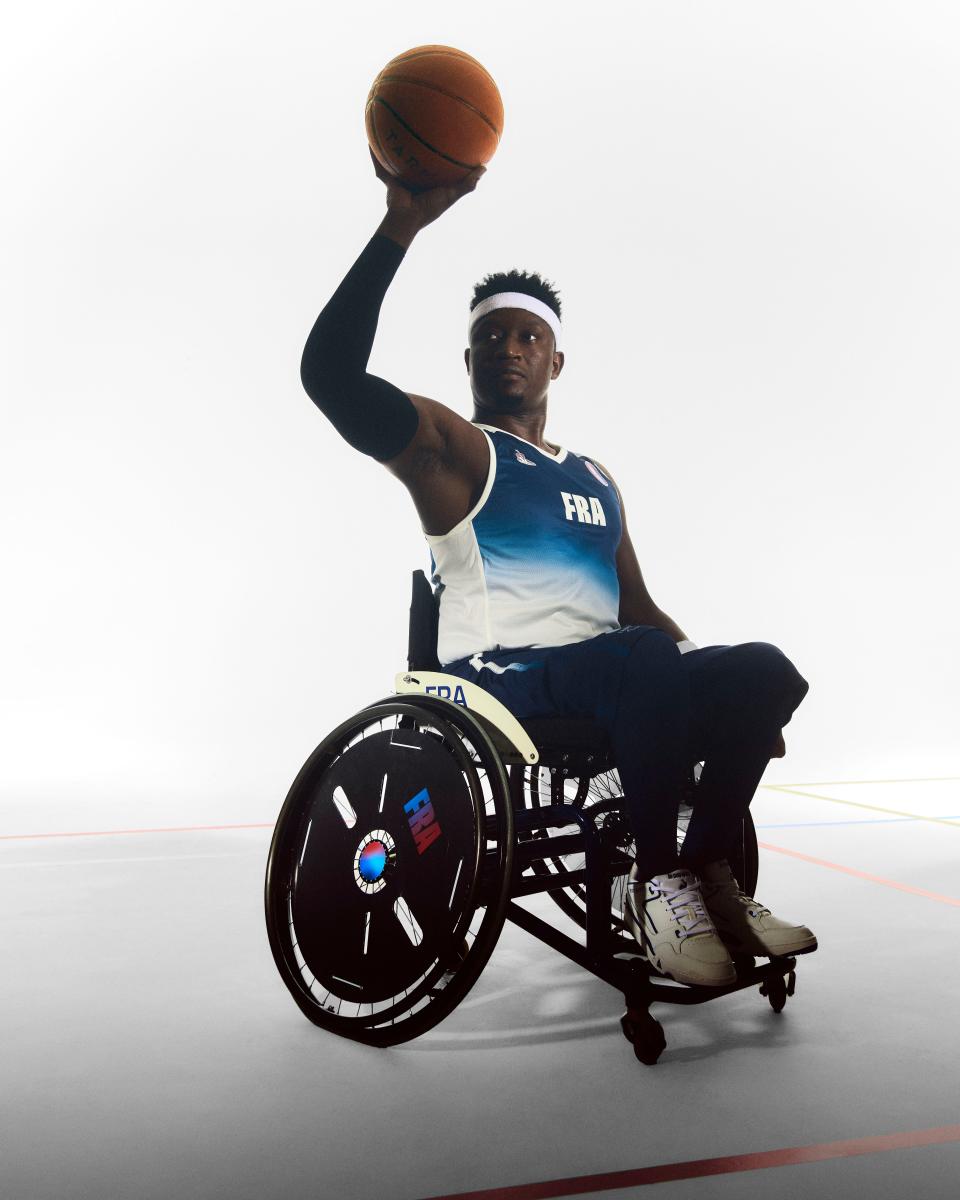
I ask if he has any favorite uniforms. “Gymnastics, because it reminds me of my mother and all the people she was surrounded with,” he says. “I was really happy to dive deeper into Judo too. In France, we have a major female Judo athlete, Clarisse Agbegnenou. She’s becoming a huge star, she’s won like five world championships. It was amazing to spend time with her and learn about the sport. And the gi, it has to be so strong.” Additionally, he enjoys the sleek futuristic look of the biking uniform when paired with the sunglasses and helmet and then he makes a small triangle with his hands and chuckles: the simplicity and minimalism of the swimmer’s briefs. Additionally, he’s probably most excited for the world to see the podium outfit, with its colorful stitching, which he says balances being subtle (a French point of pride) while still being worthy of the world’s stage, and which comes cut in a sharper silhouette than traditional tracksuits.
All of this is happening as Ashpool undergoes another major life event: He just became a father in February. “It’s nice to move into a new phase of your life,” he says, though one wonders how he’s not falling asleep (we spoke at 8:30 p.m. his time and he was still in the studio). “It’s exciting, and I’m happy.”
Next up for Ashpool, after he completes this larger-than-life project? First he will be reopening his shops this summer, under the name Souvenir Pigalle, and, after skipping a few seasons, is planning to release a new collection next year. “I’ve been known in Paris as the undercover mayor,” he says with a smirk. “These things are helping me to prepare to do even bigger things, for the city and for the people. I want to be the real mayor, that’s my thing. One day, I want to be the mayor.” To be honest, after all this, that sounds like a walk in the park.
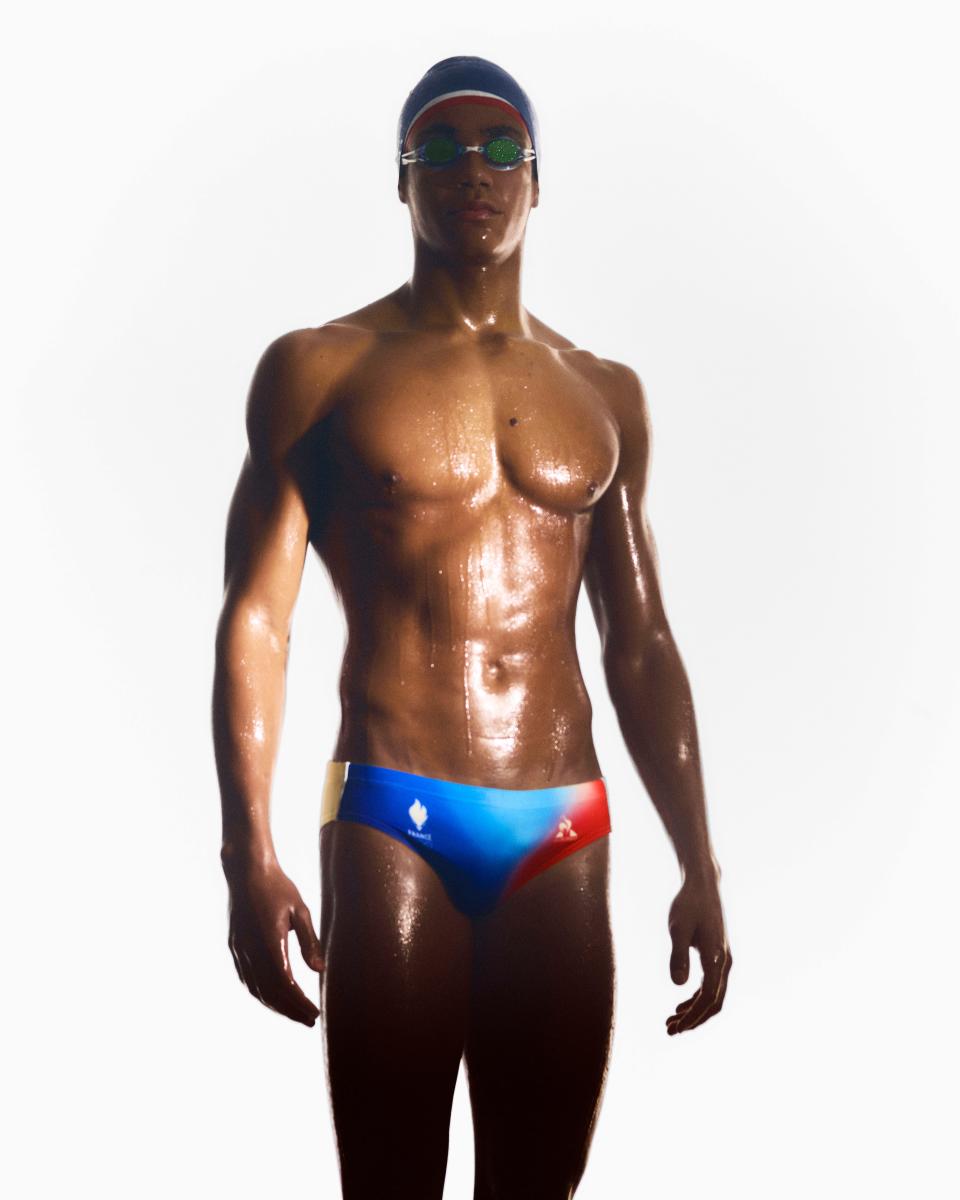
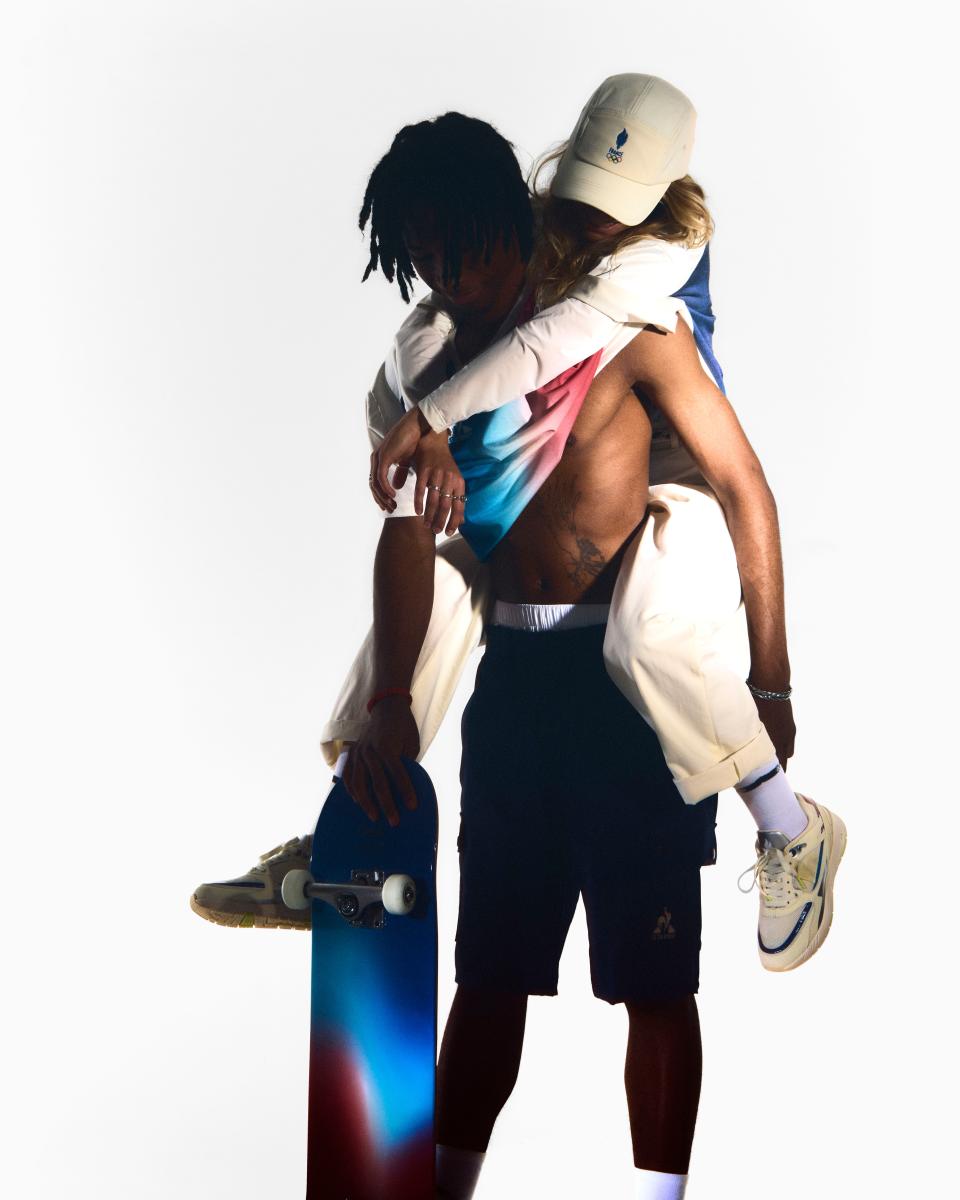
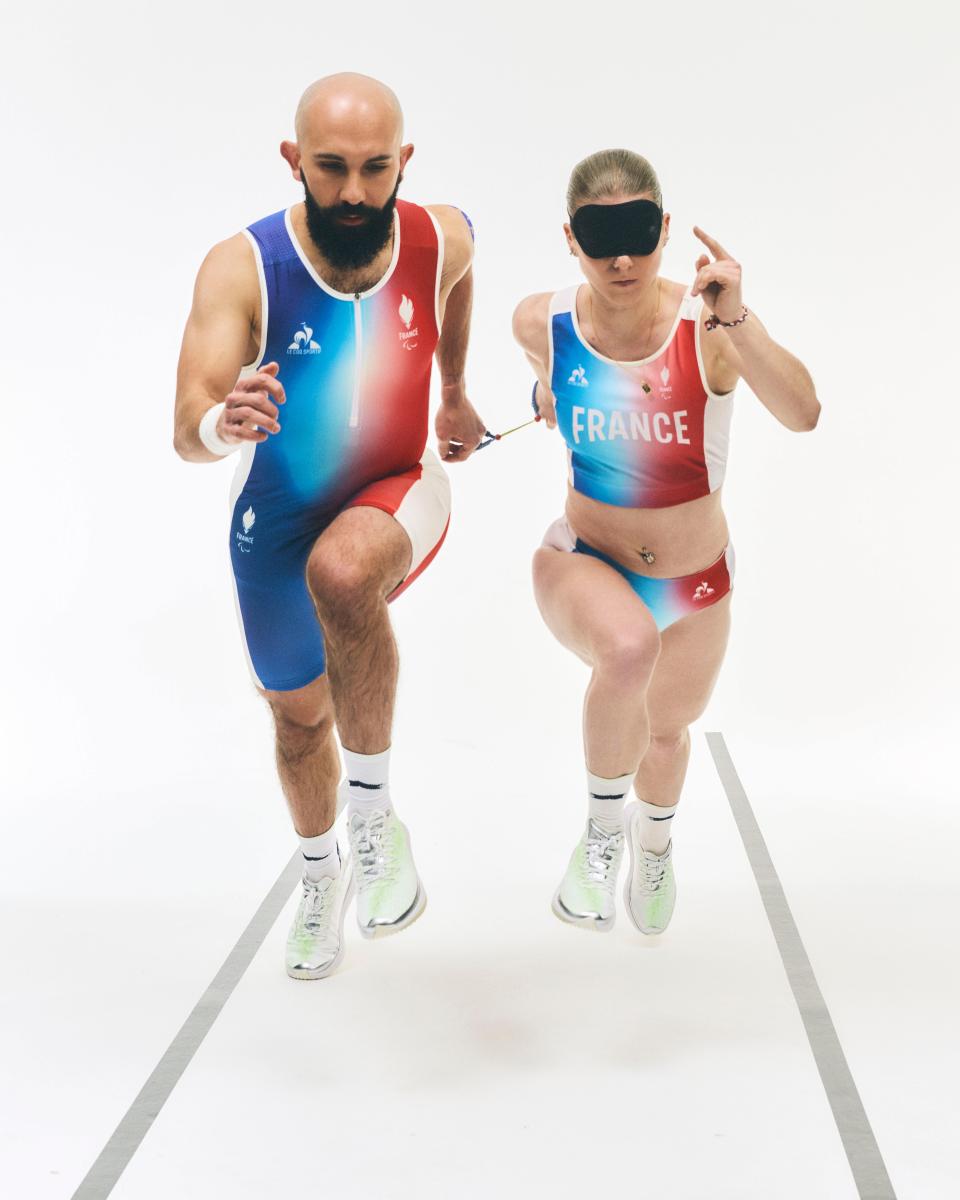
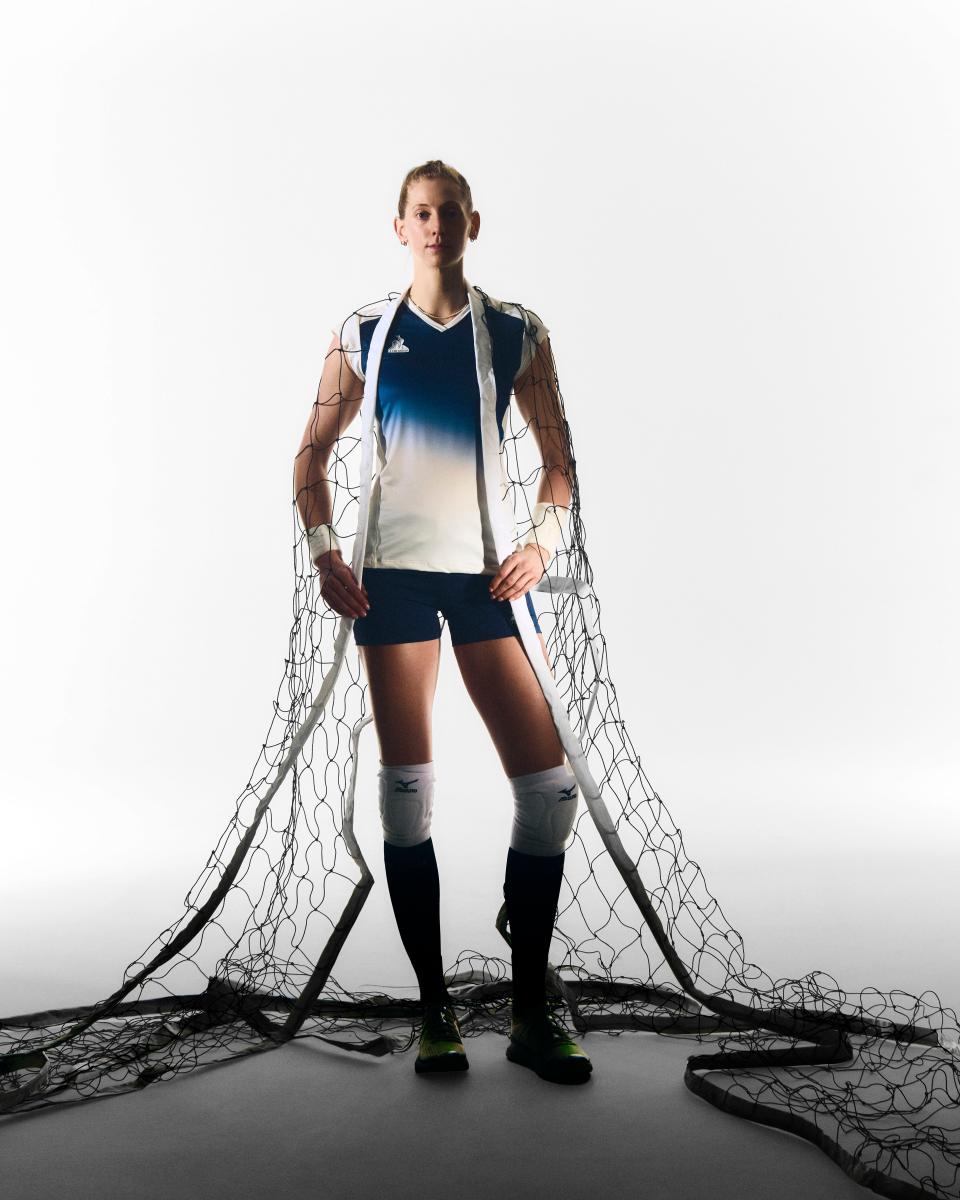
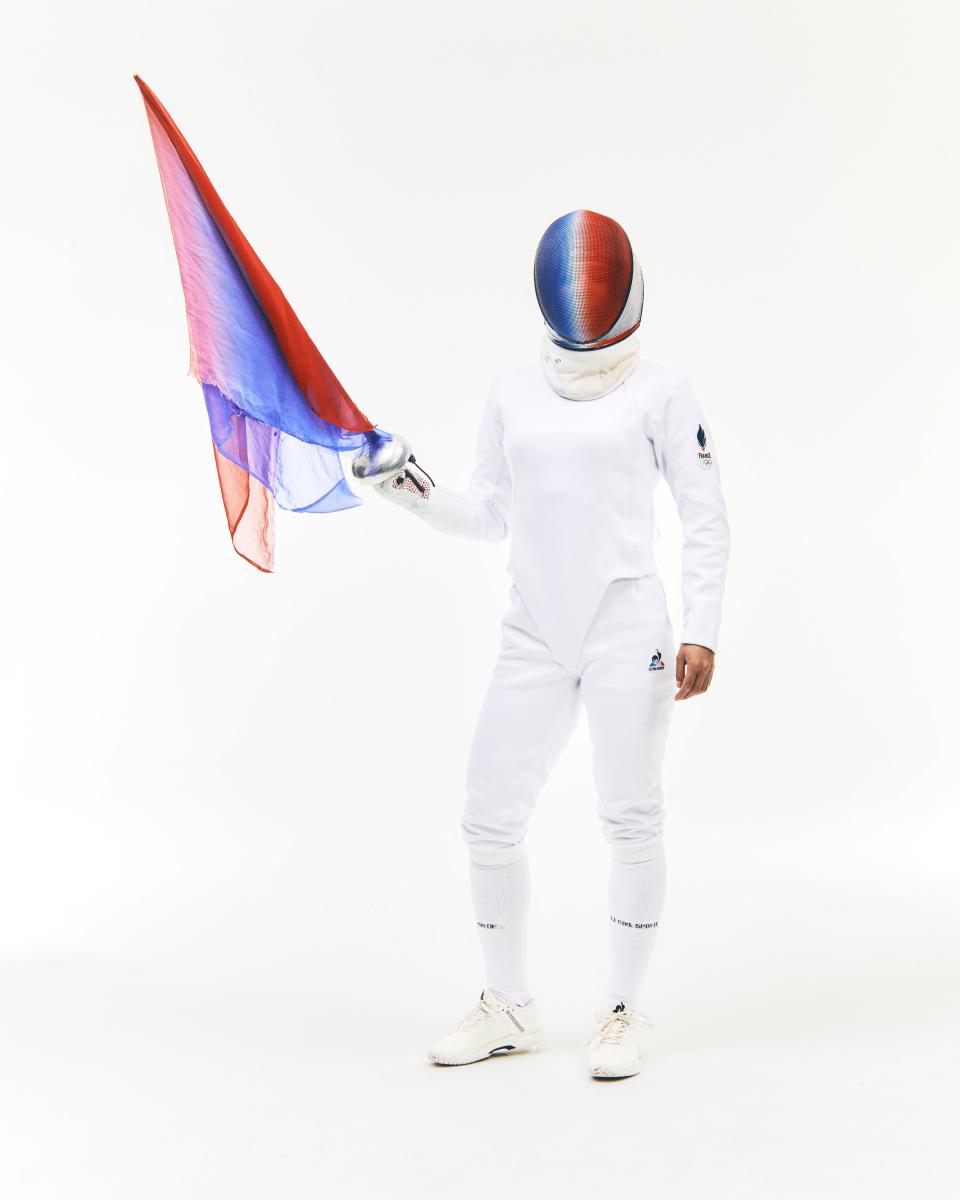
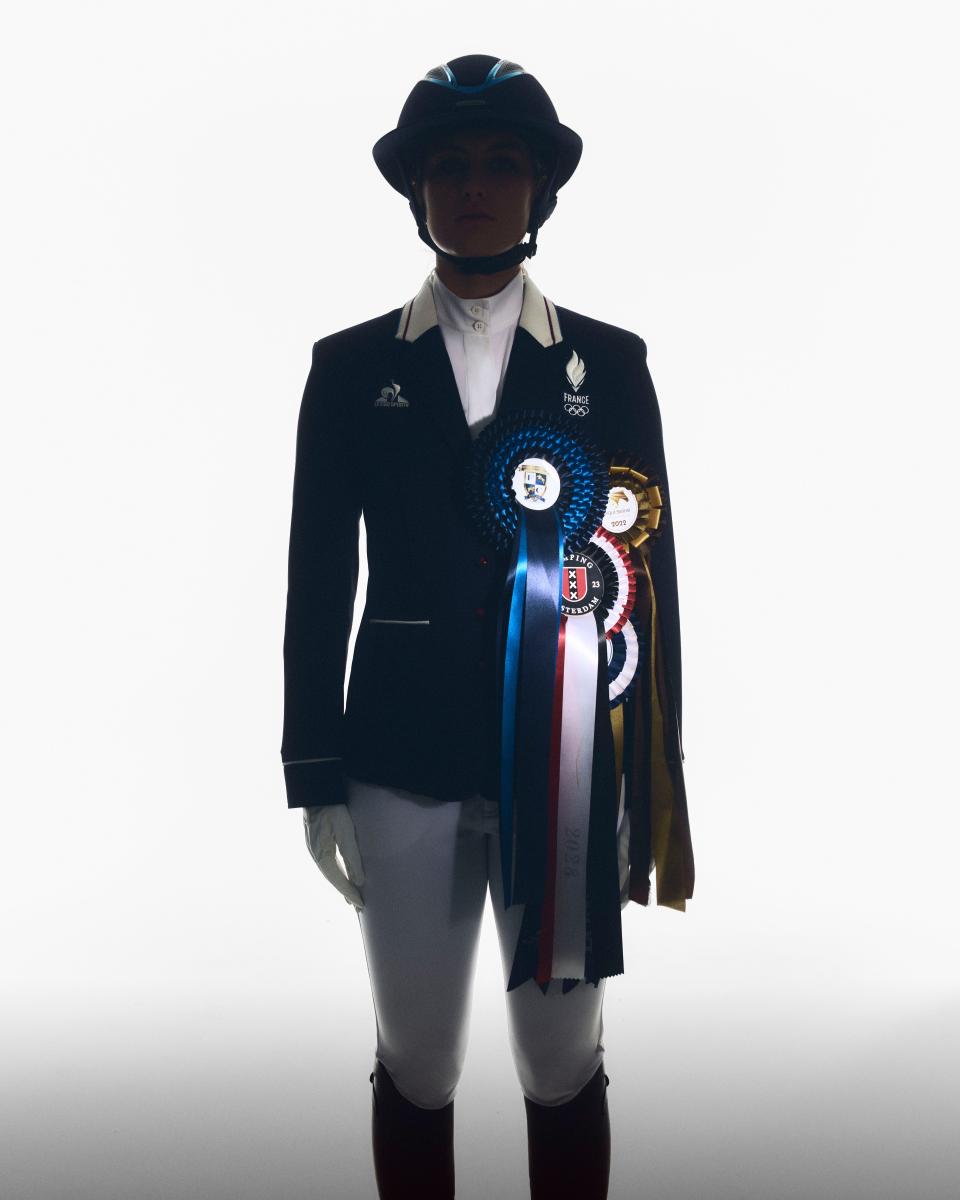
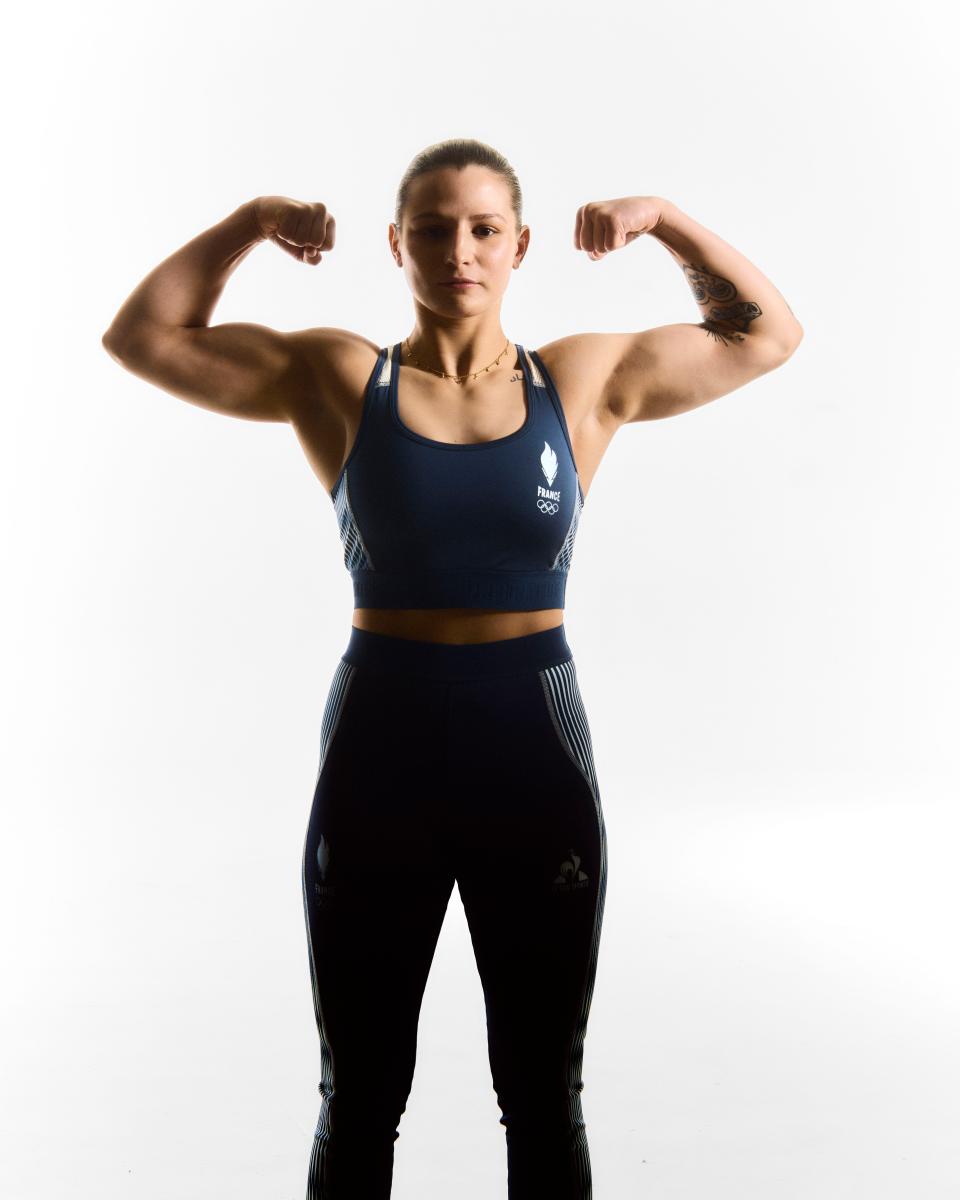
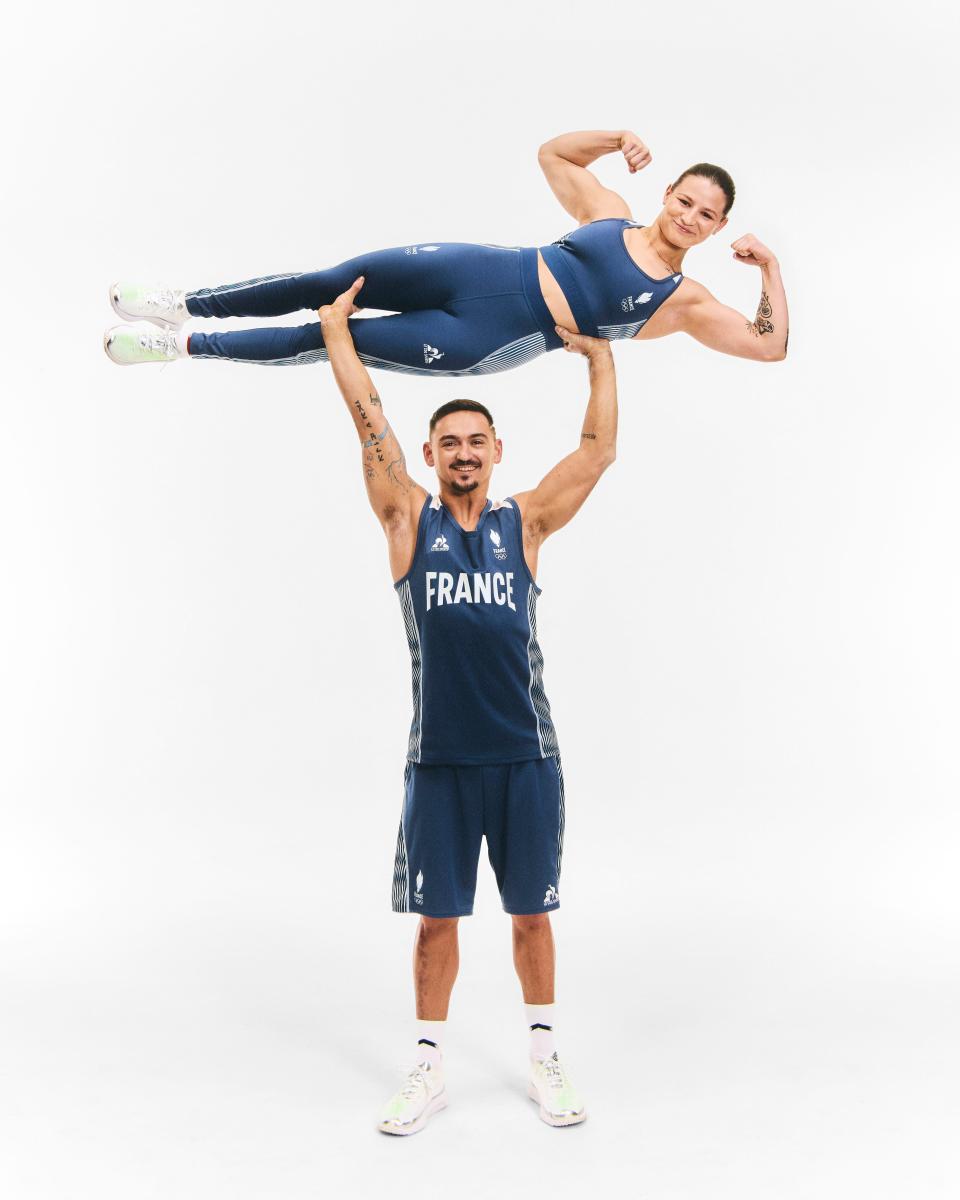
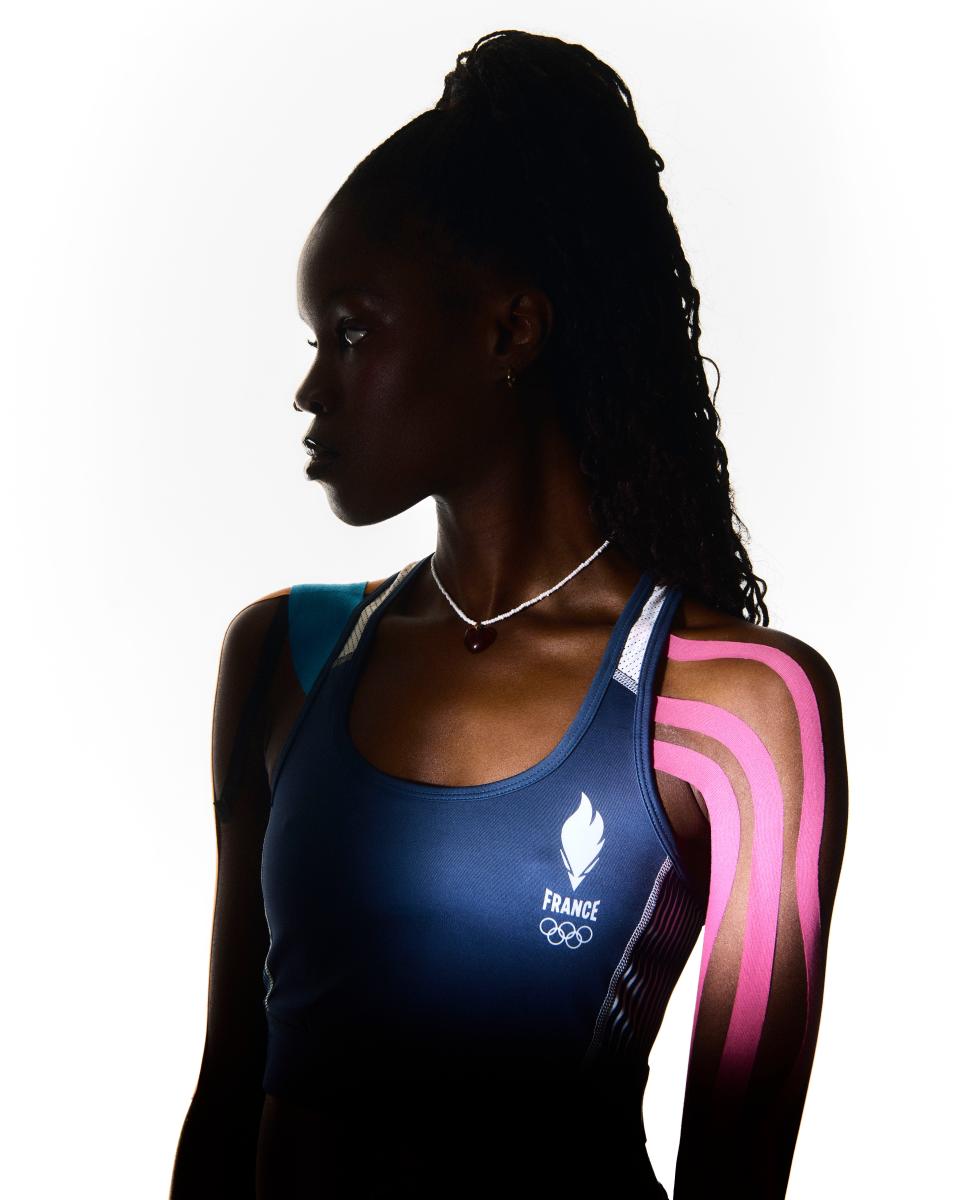
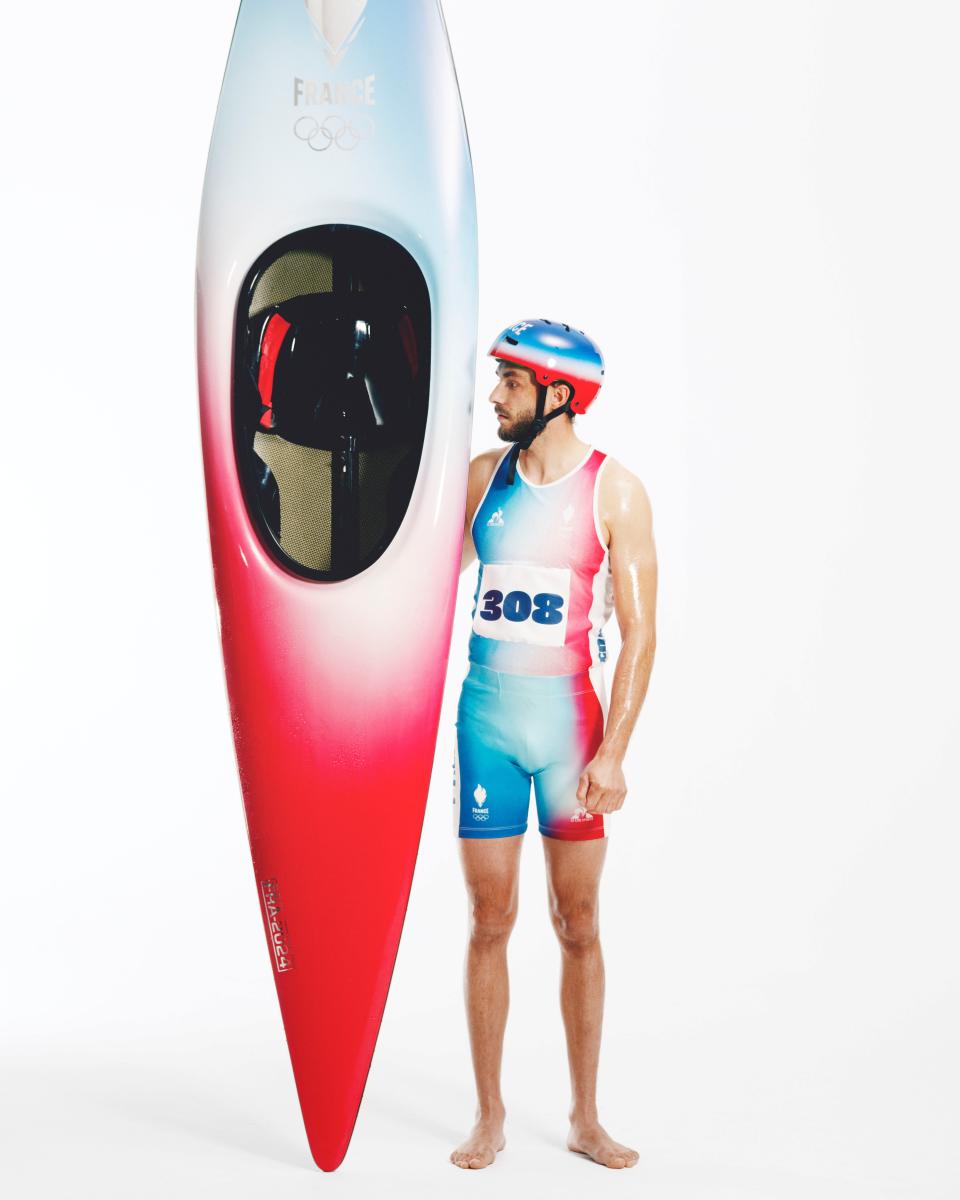
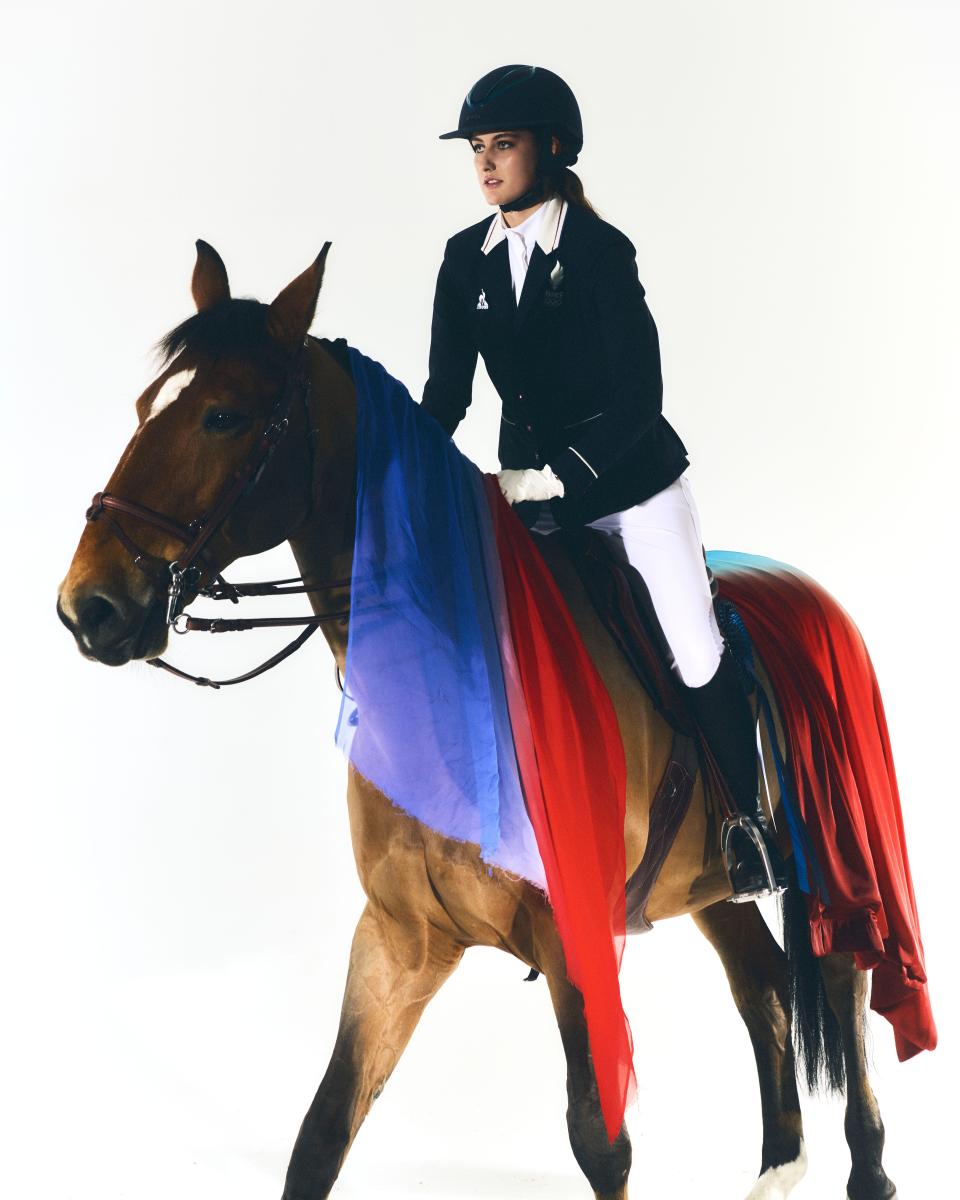
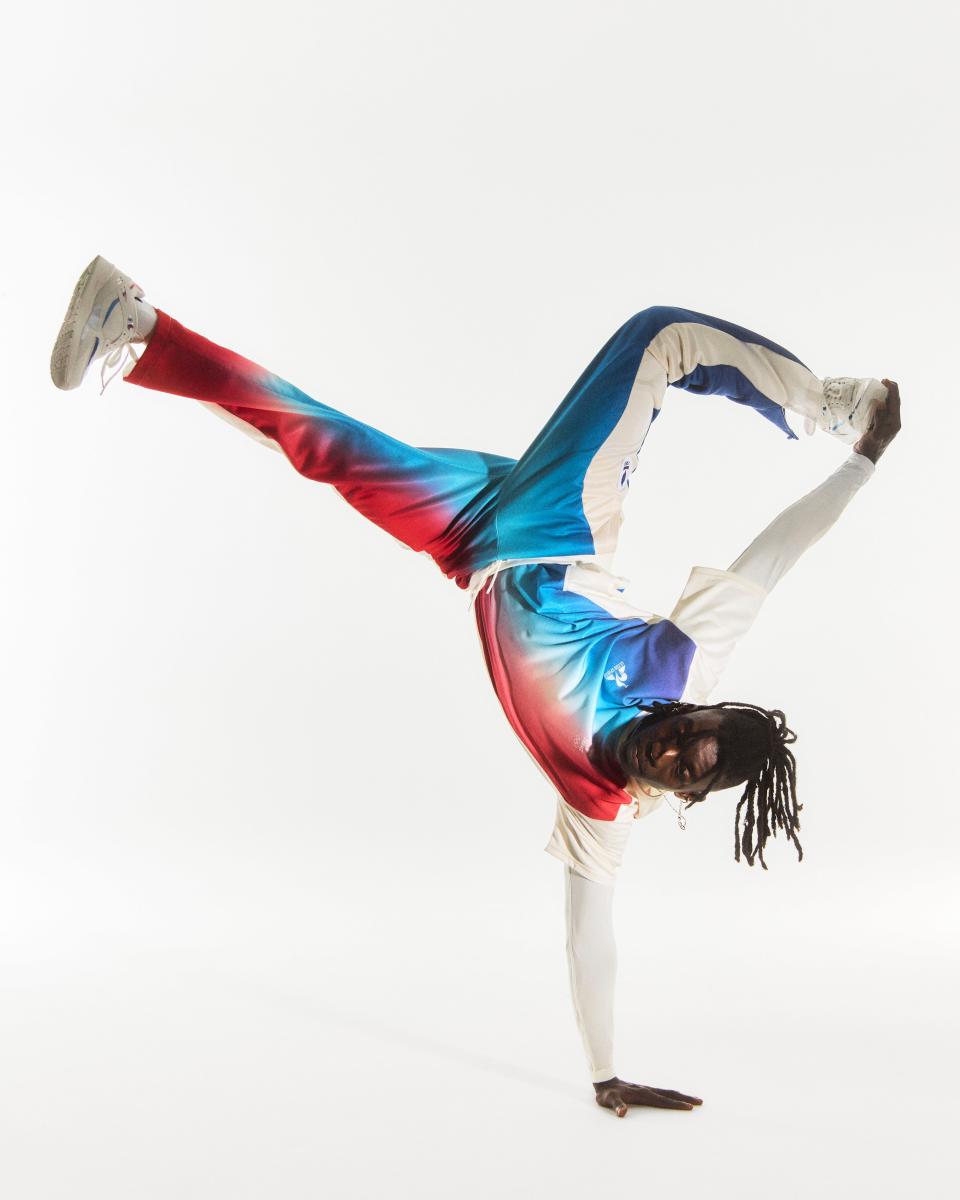
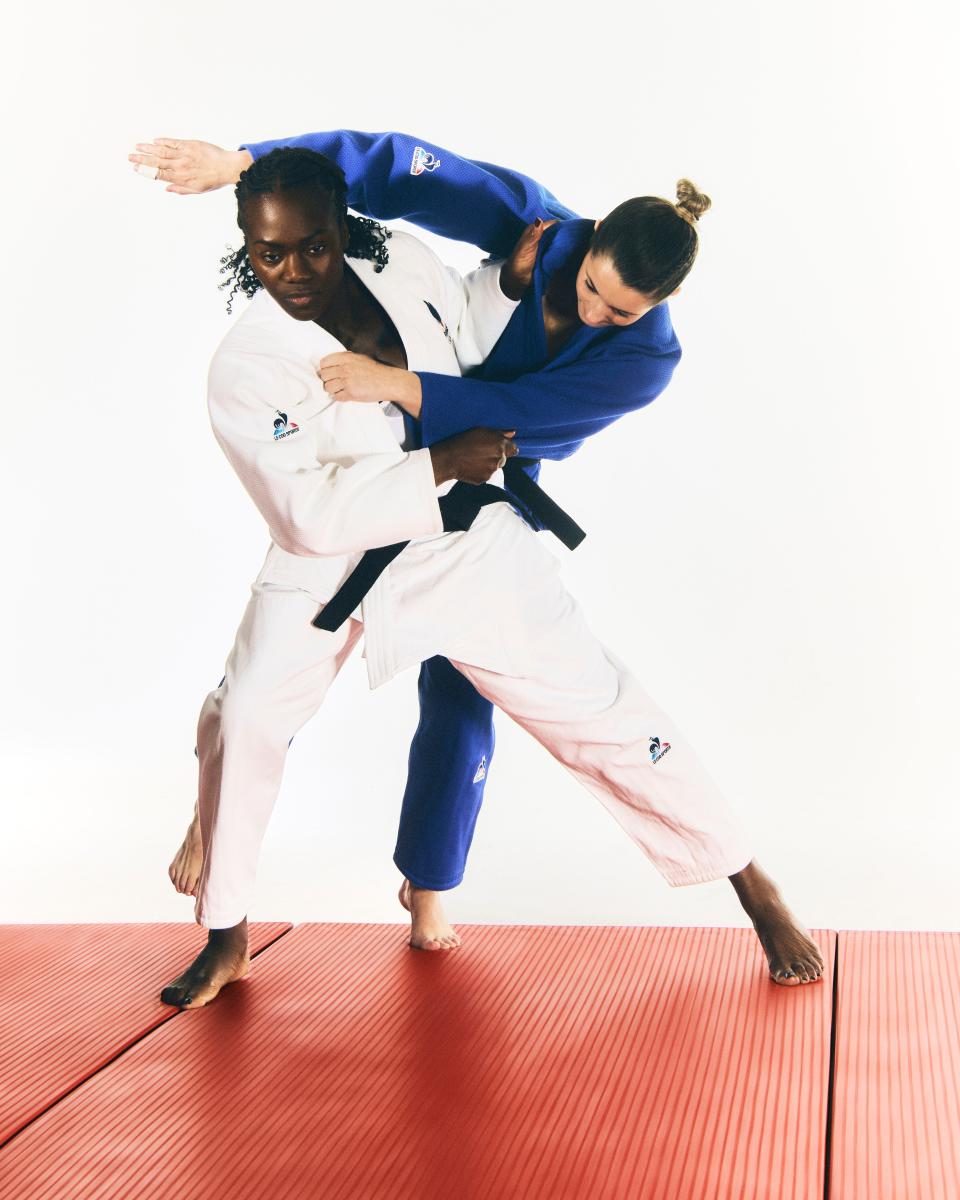
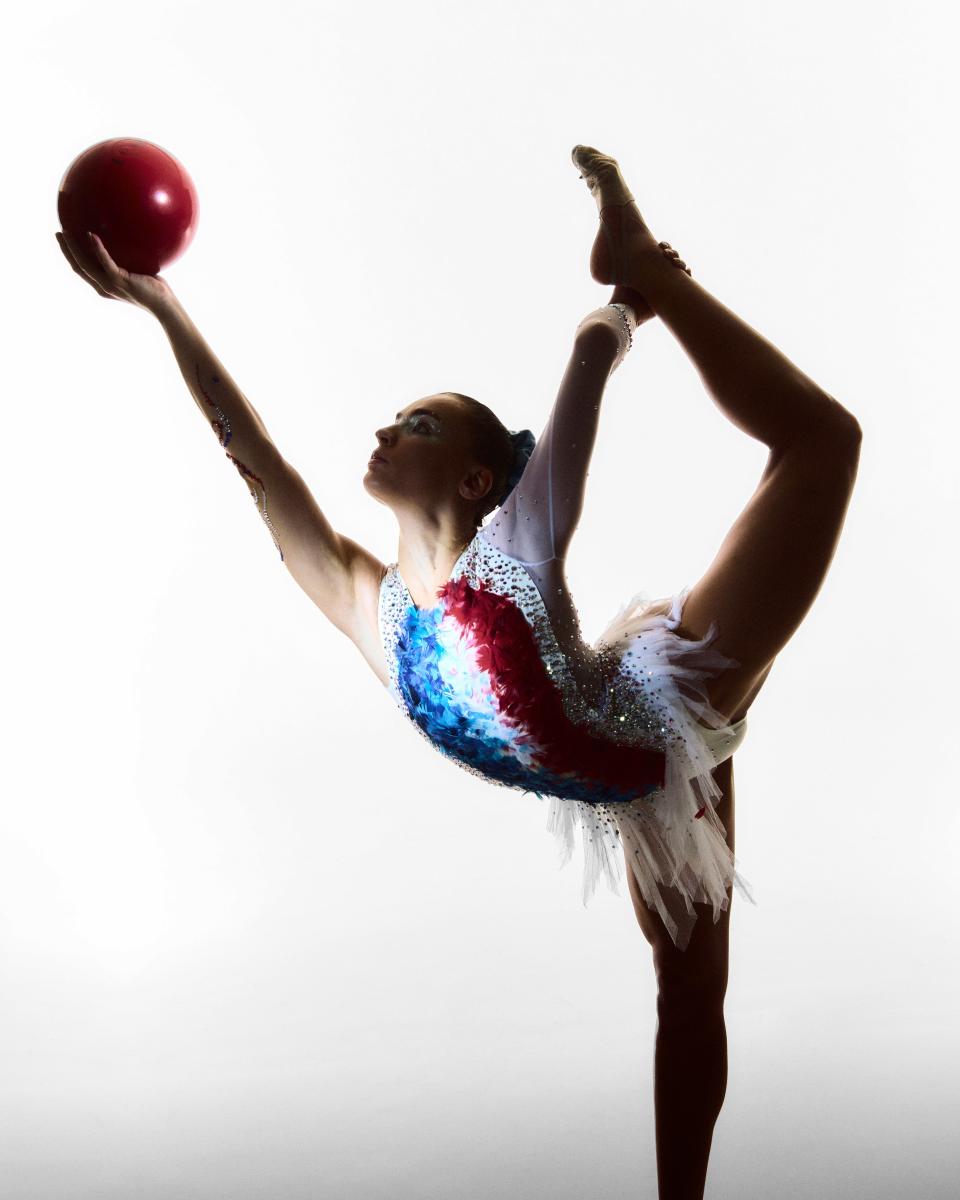
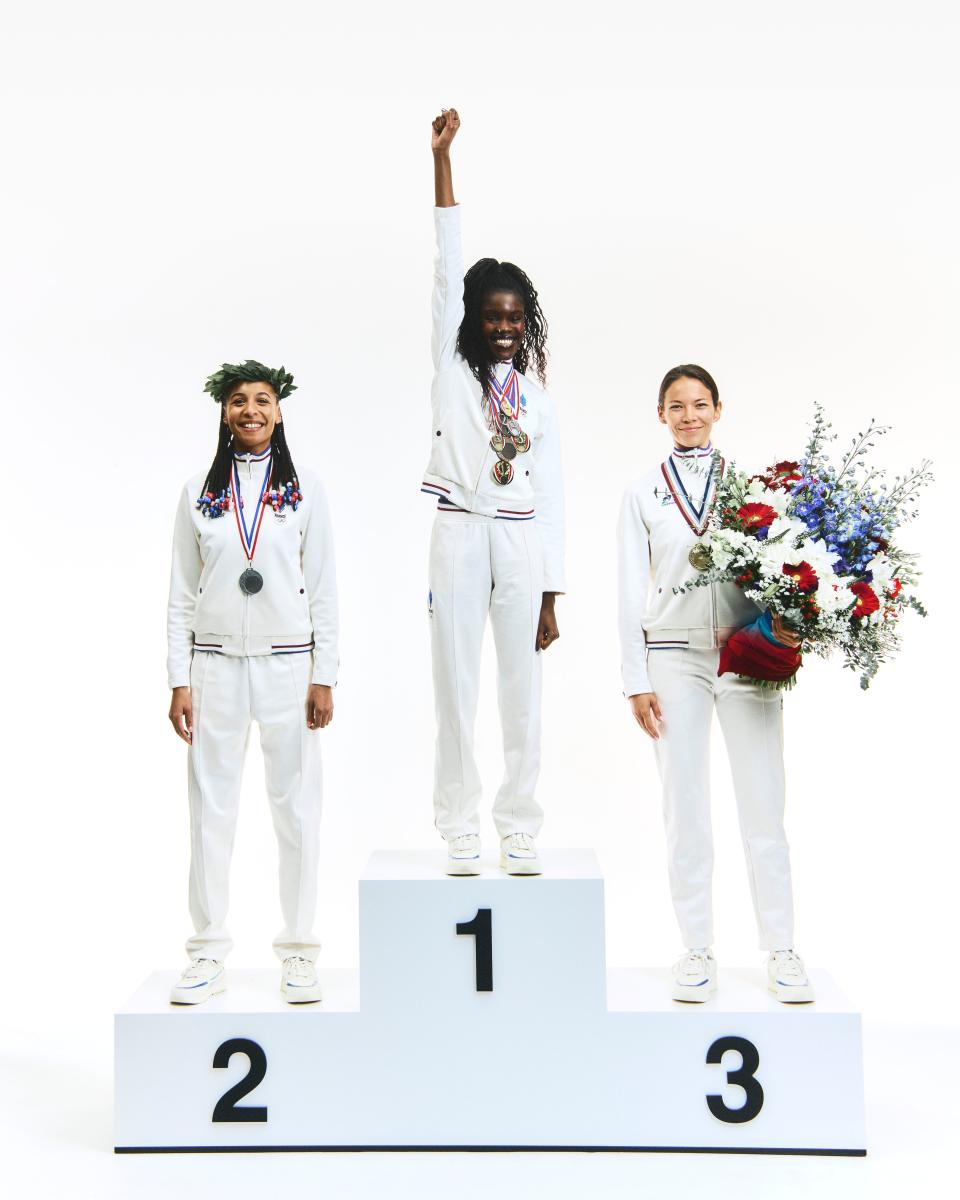
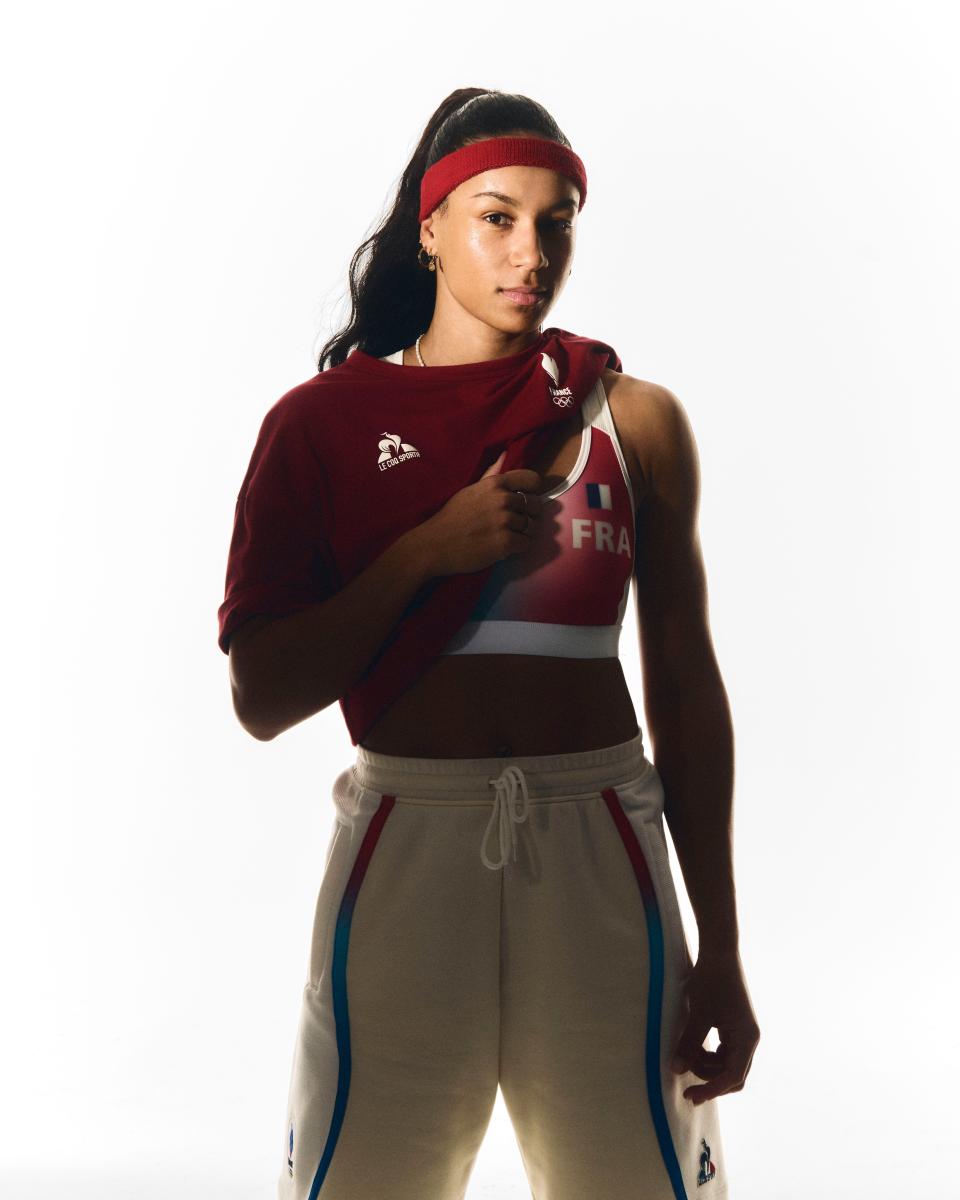
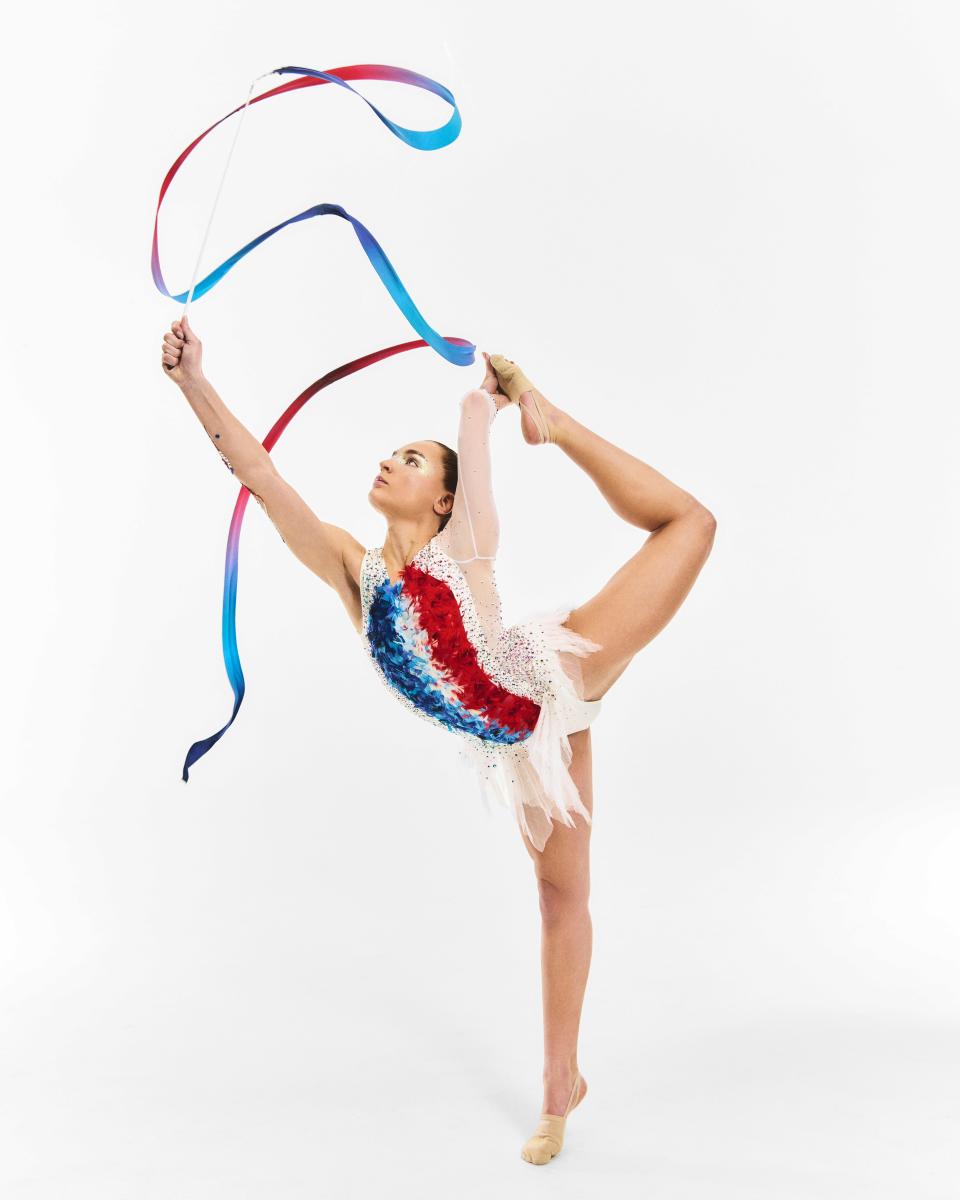
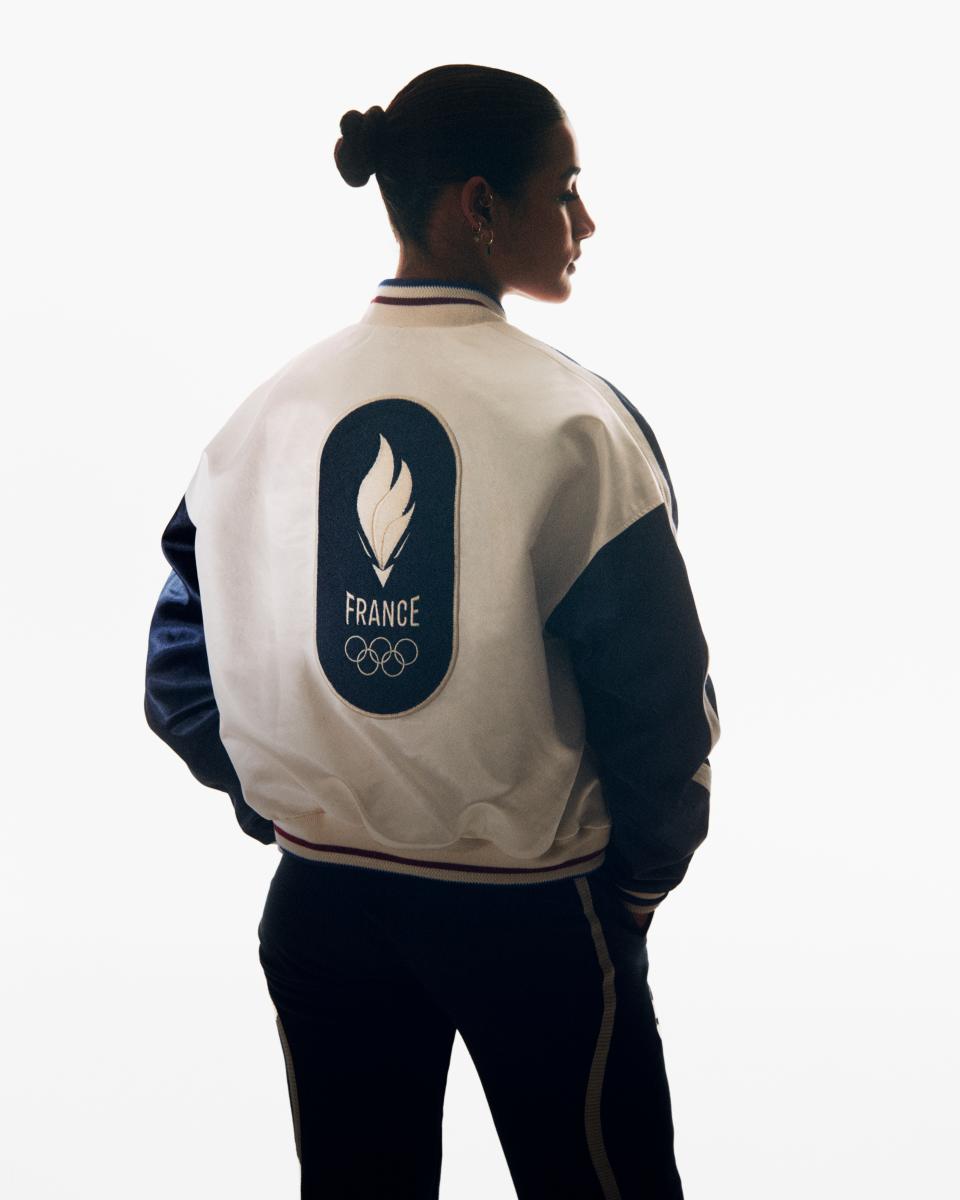
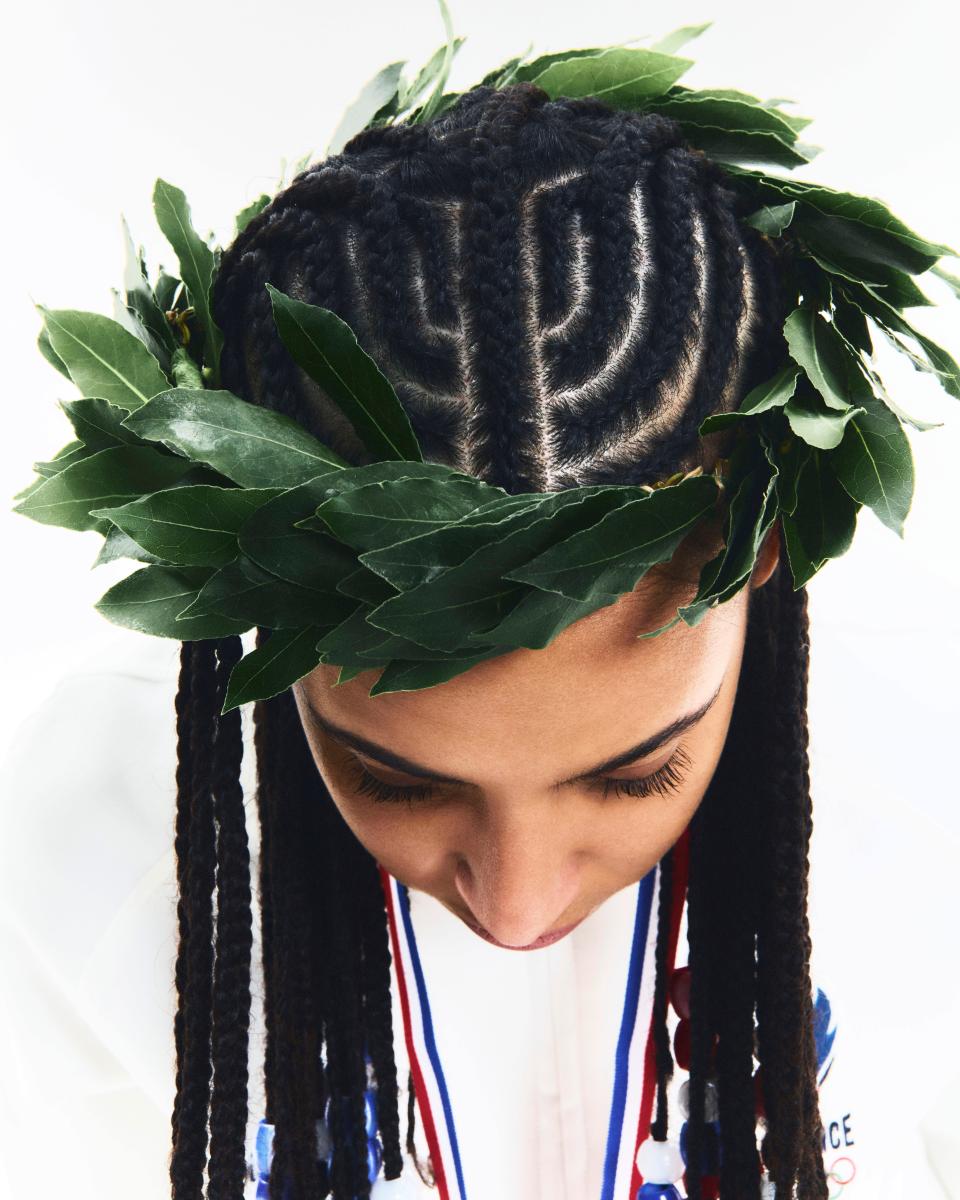
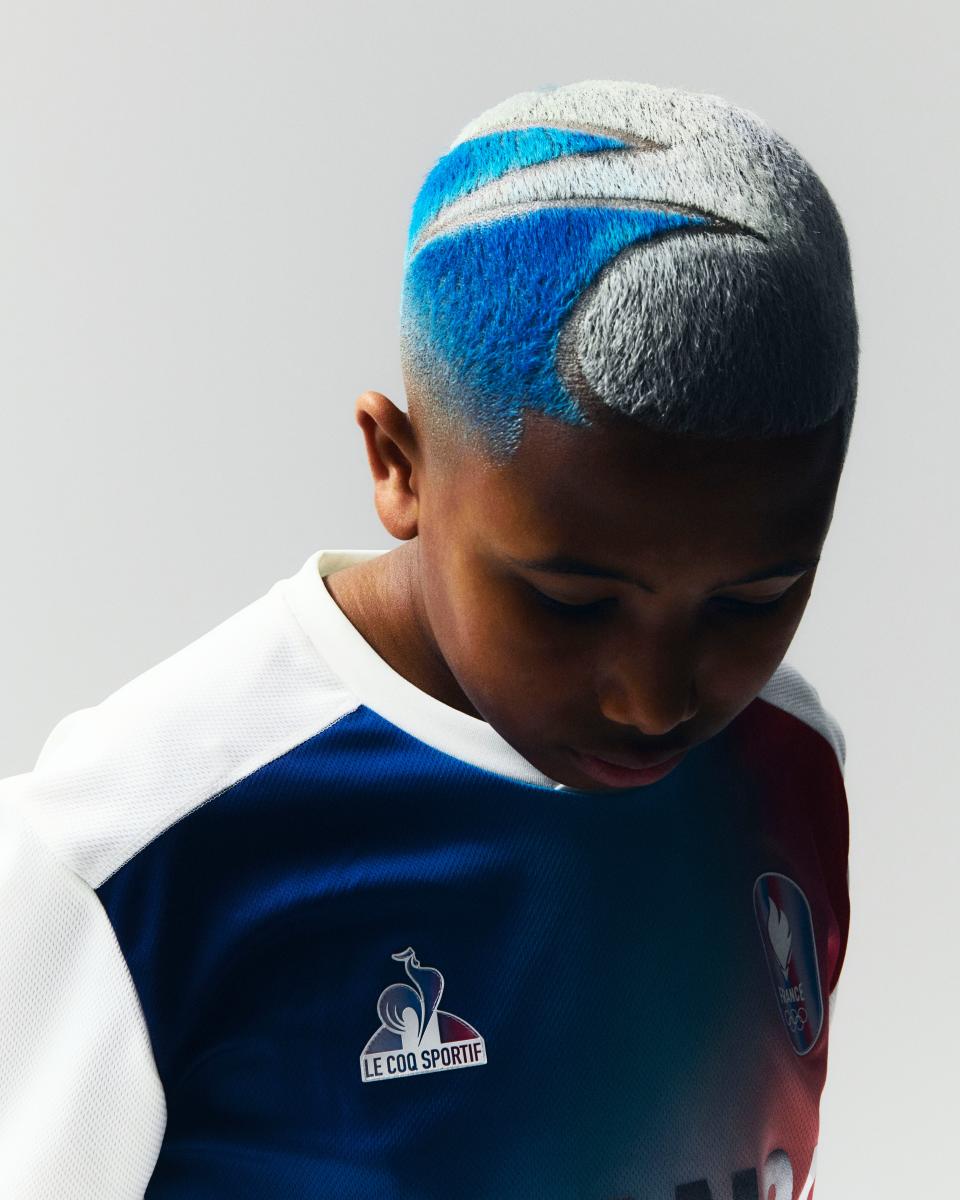
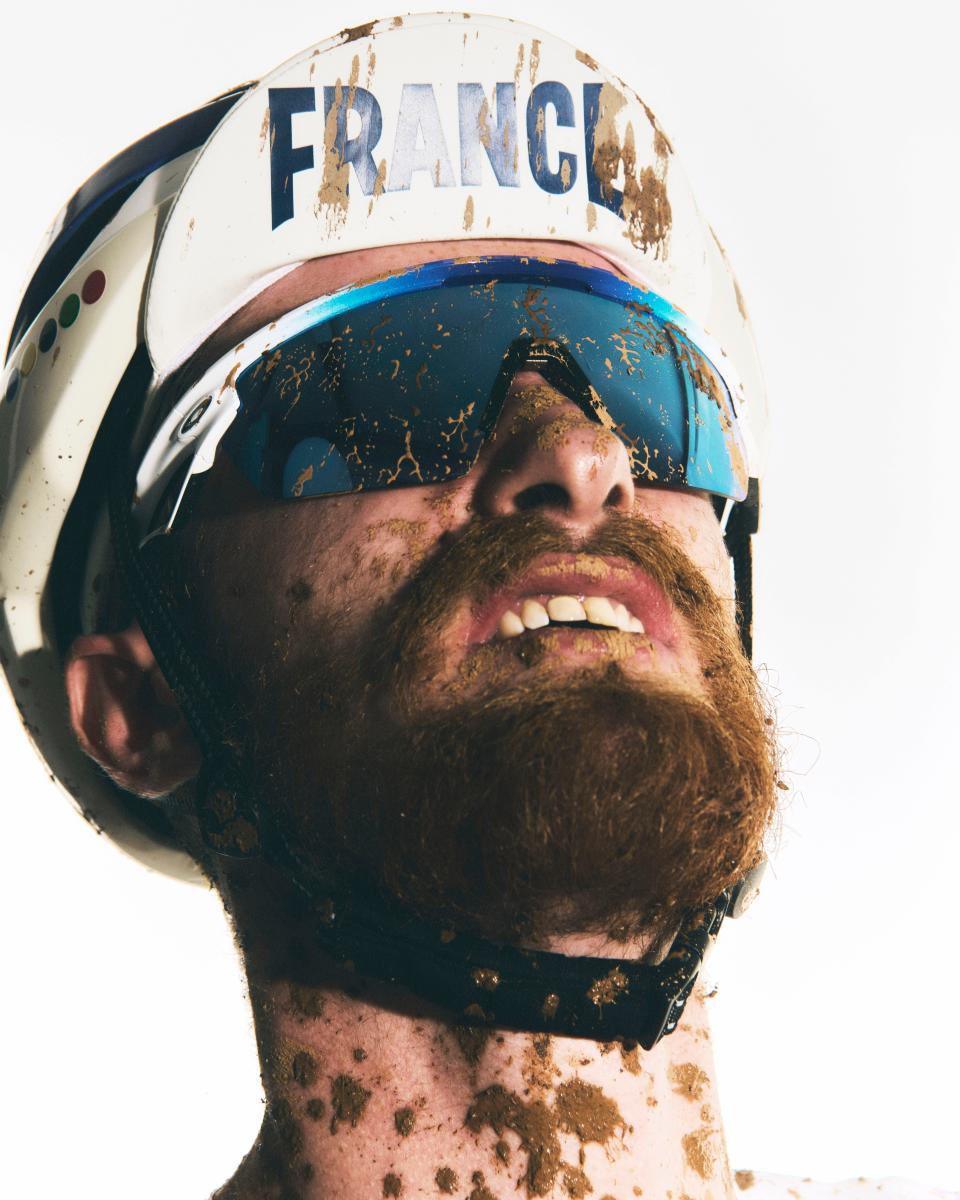
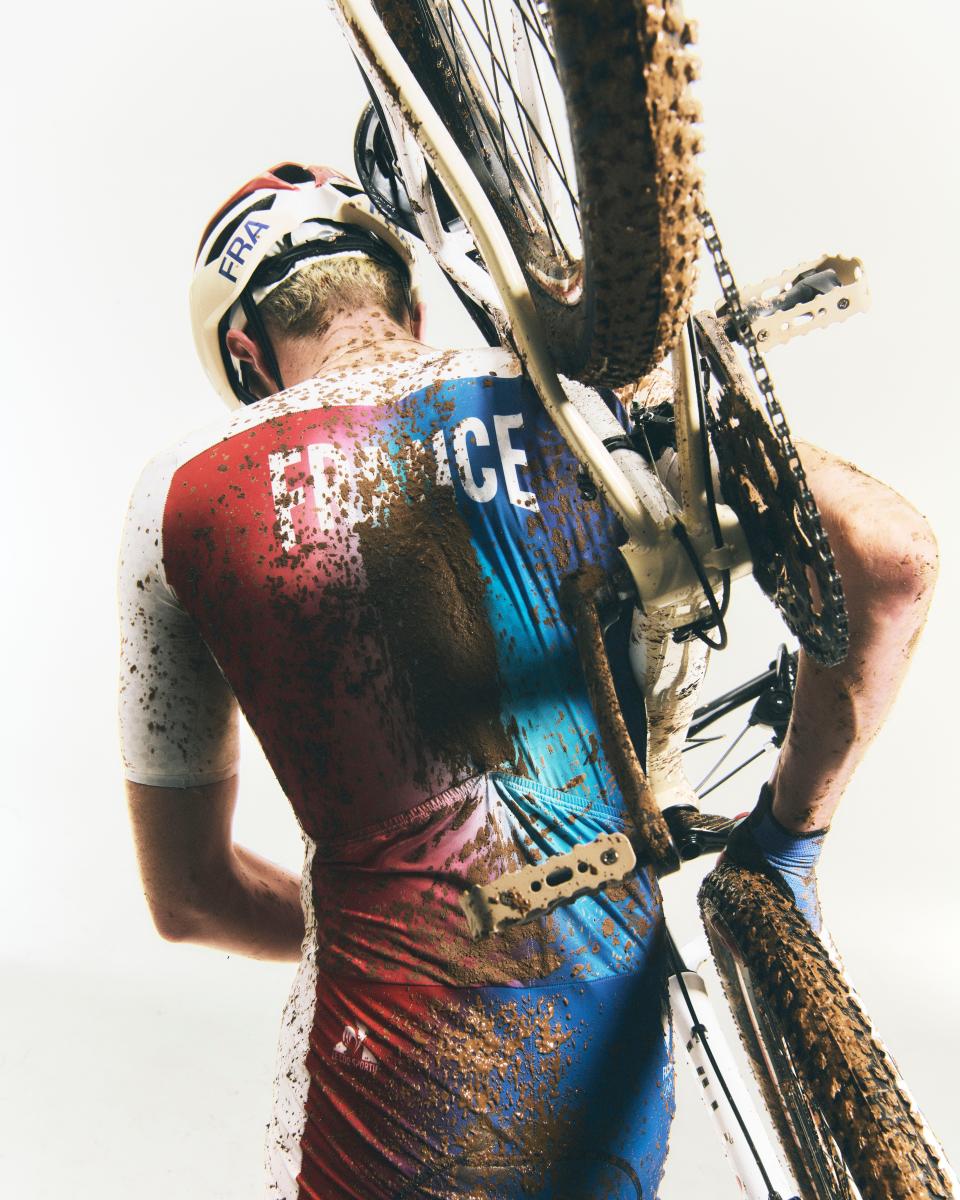
Originally Appeared on GQ
More Great Style Stories From GQ
How Vintage Clothing Became the Hottest Thing in Fashion
Robert Pattinson Is Dressing for the Role of a Lifetime: Fatherhood
Paul Mescal Is the Undisputed Champ of Freaky, Cropped Gymwear
First Look: Tyler, The Creator Designed a Capsule Collection for Pharrell’s Louis Vuitton
Nike Is Dropping an Outrageous Air Force 1 to Celebrate the Year of the Dragon
Not a subscriber? Join GQ to receive full access to GQ.com.

